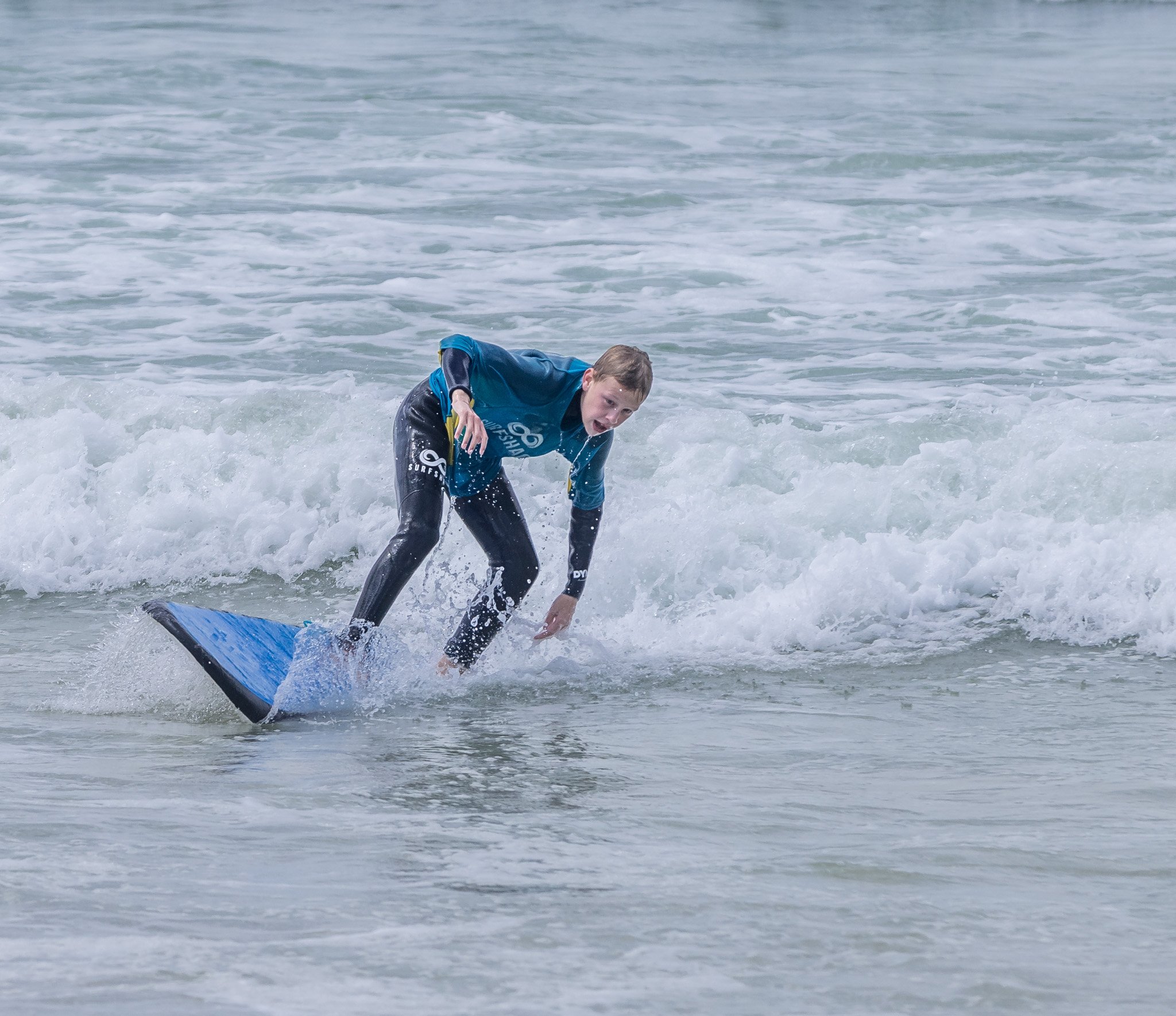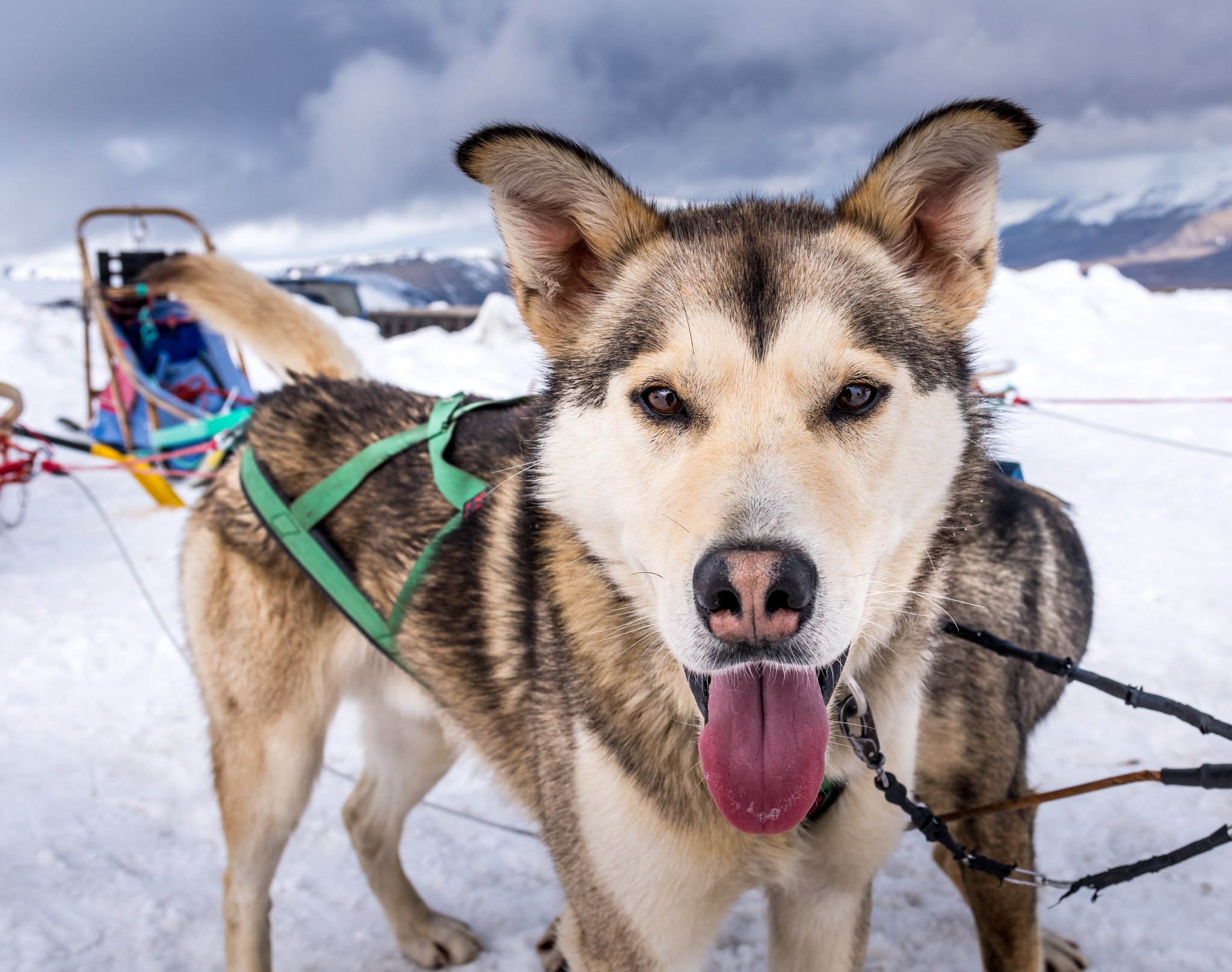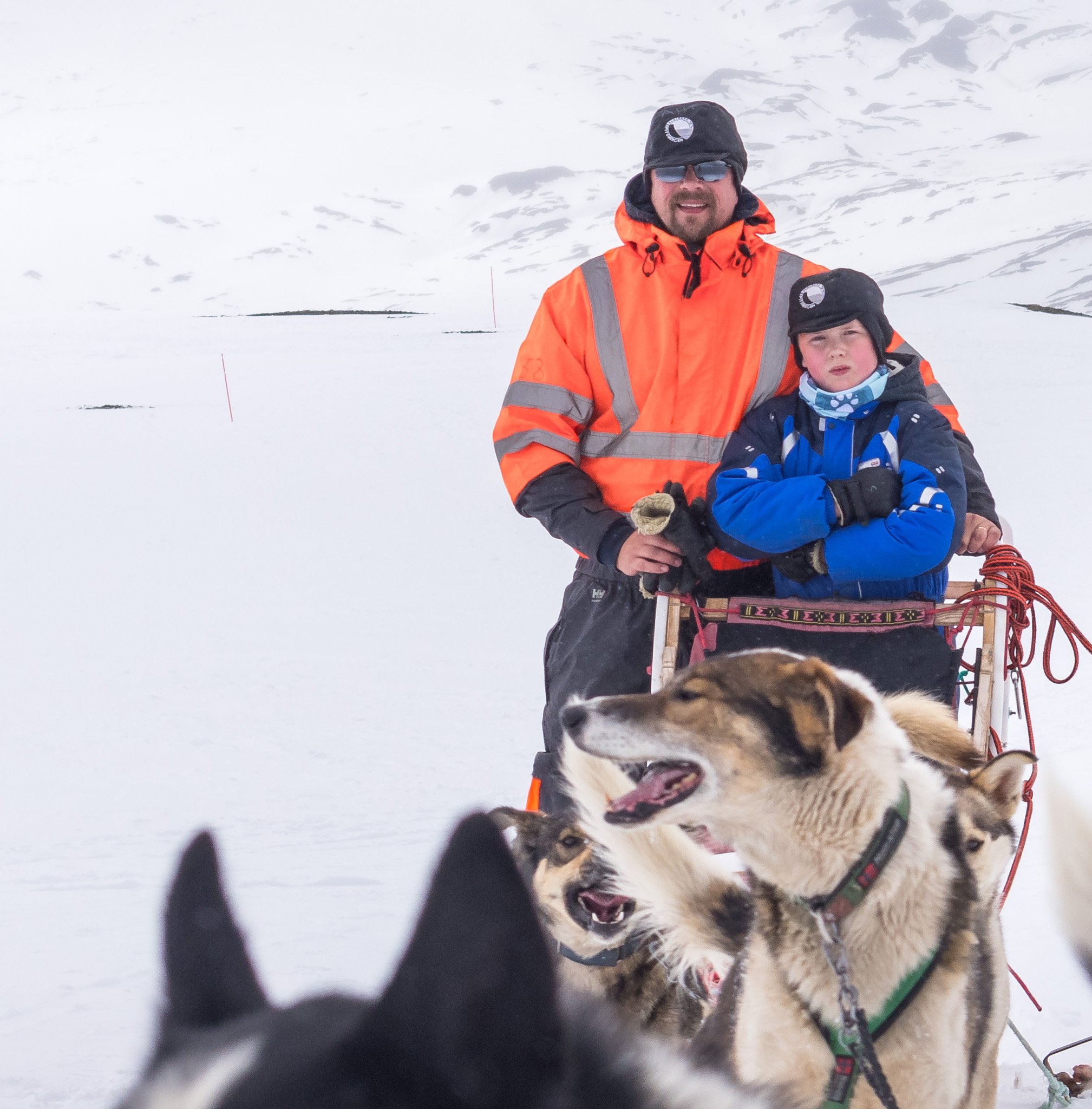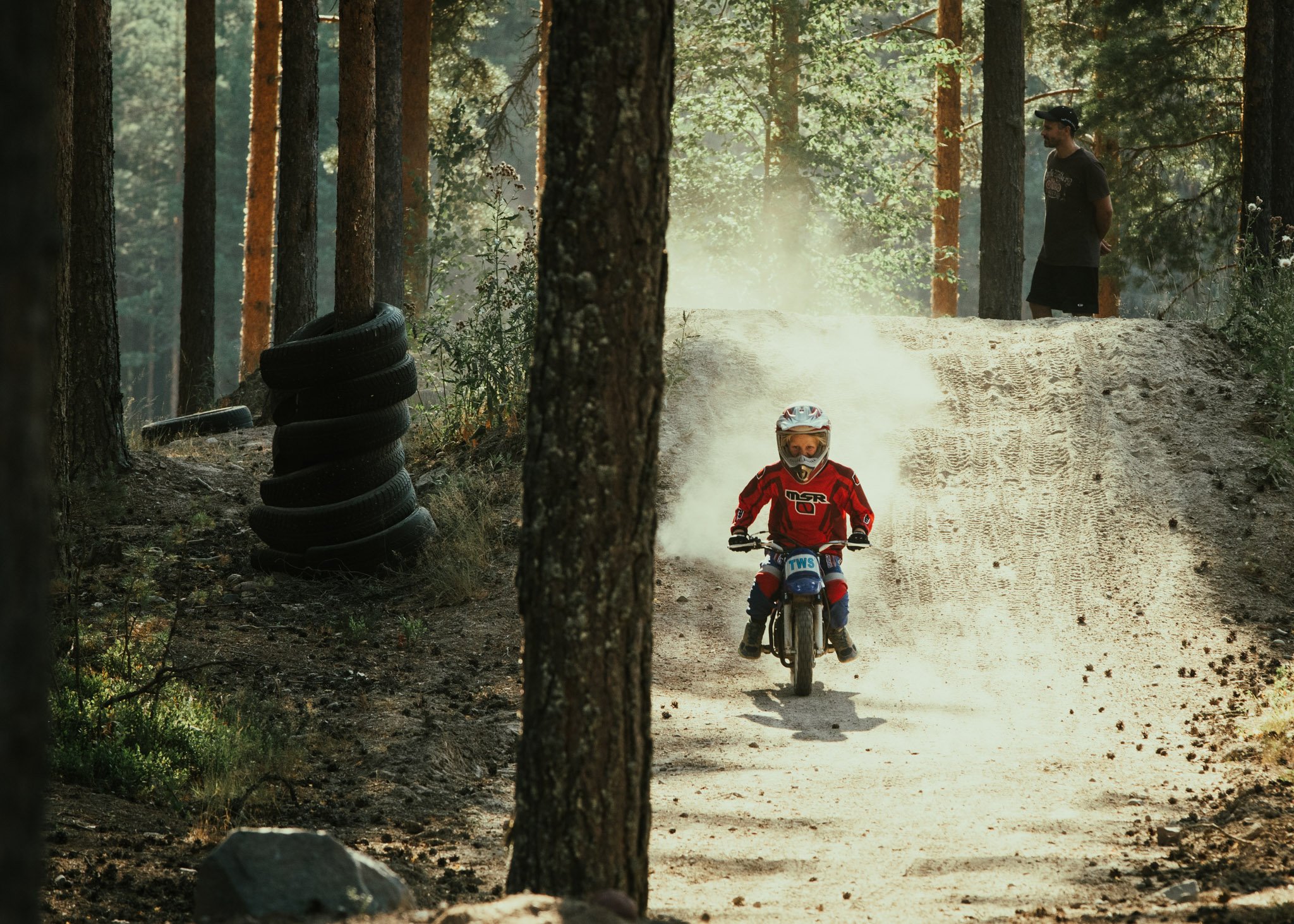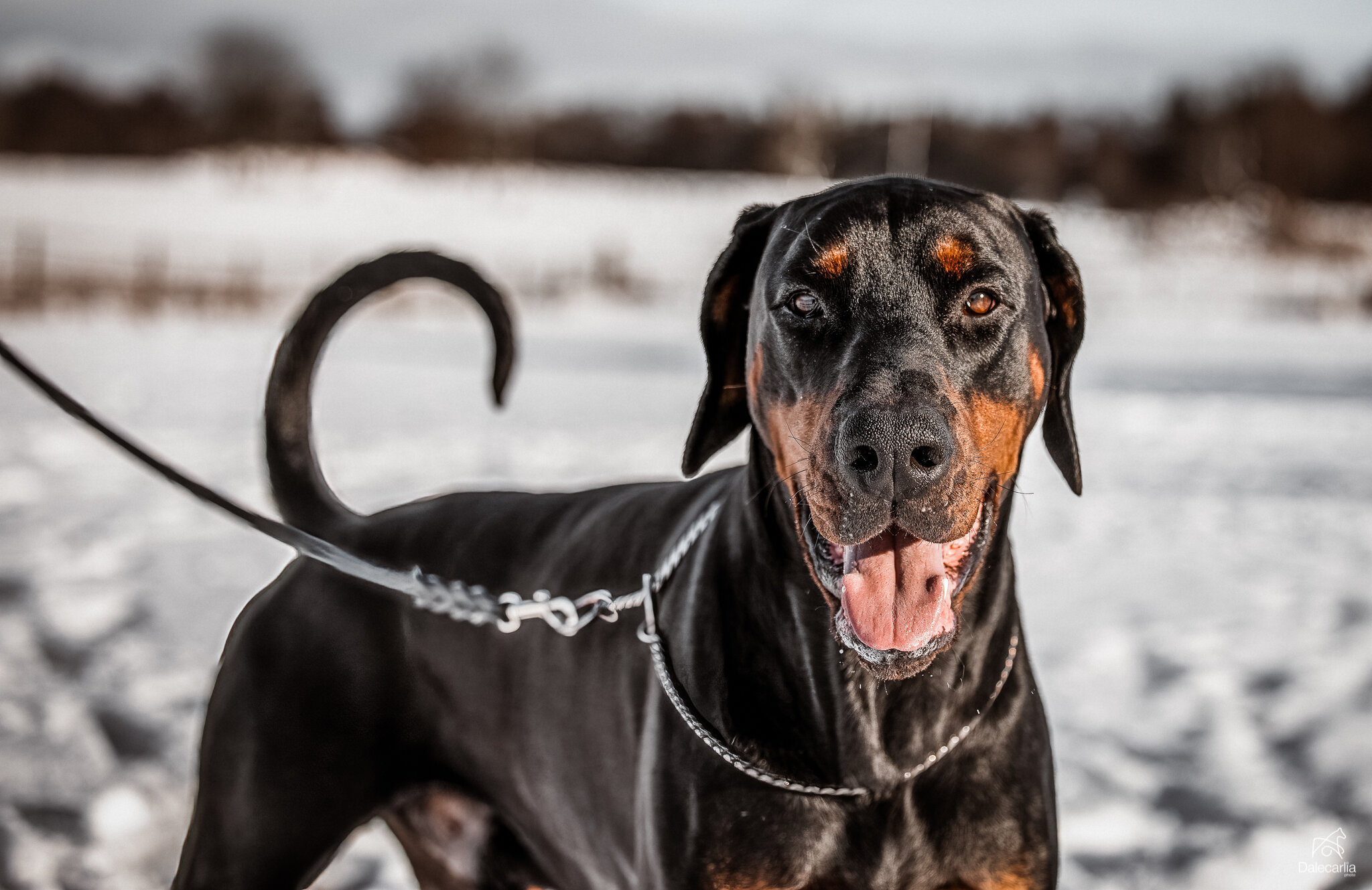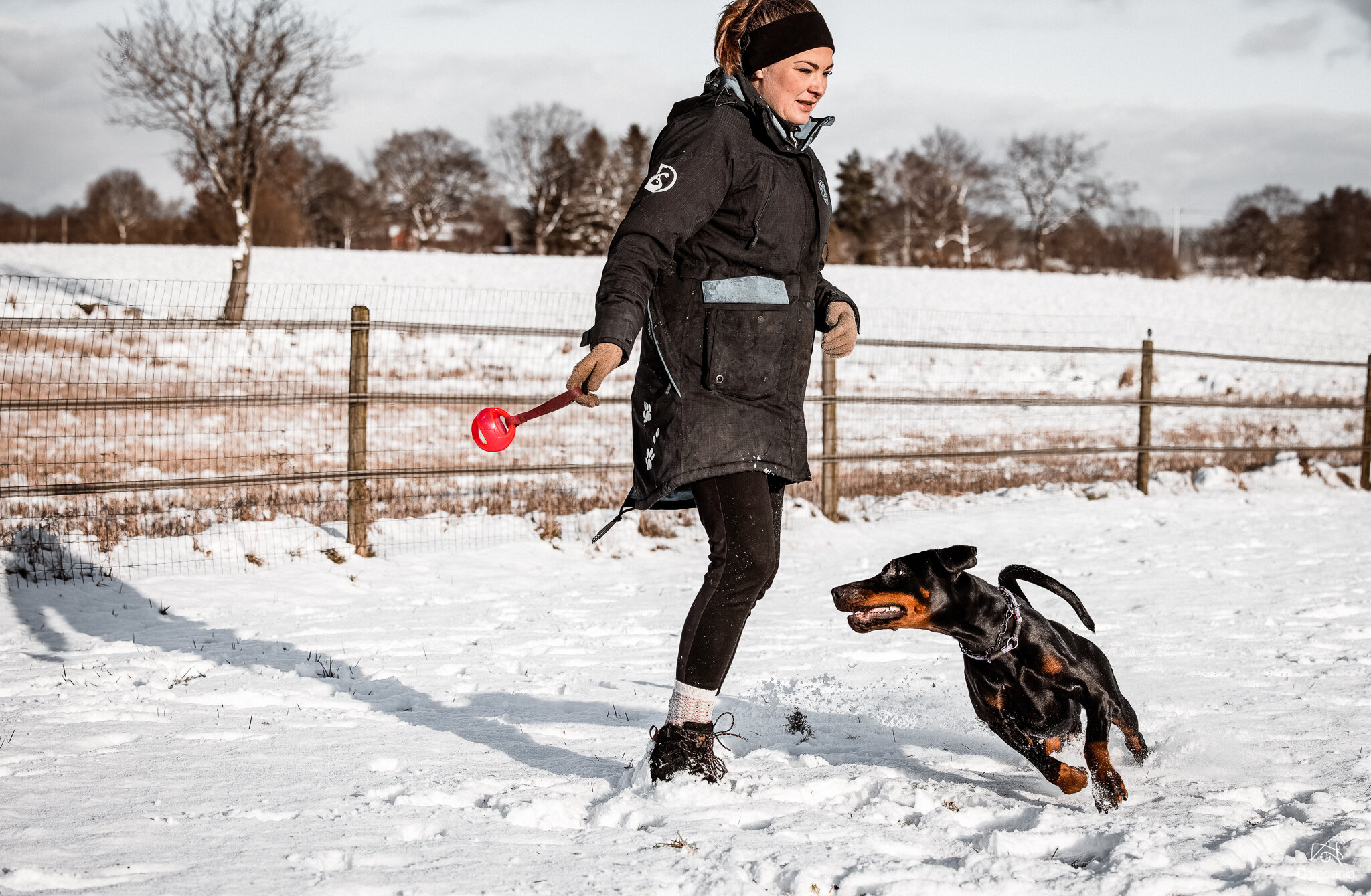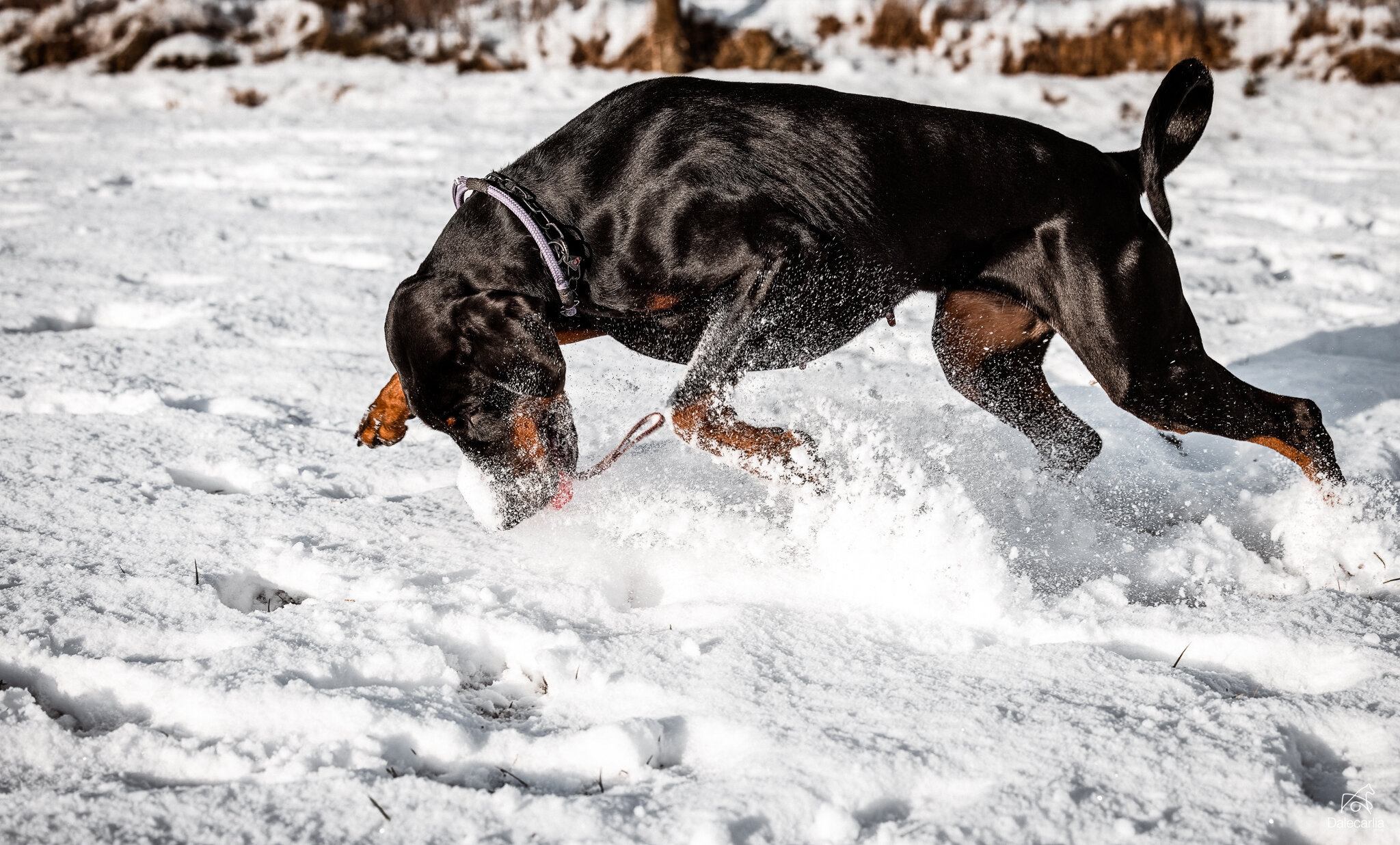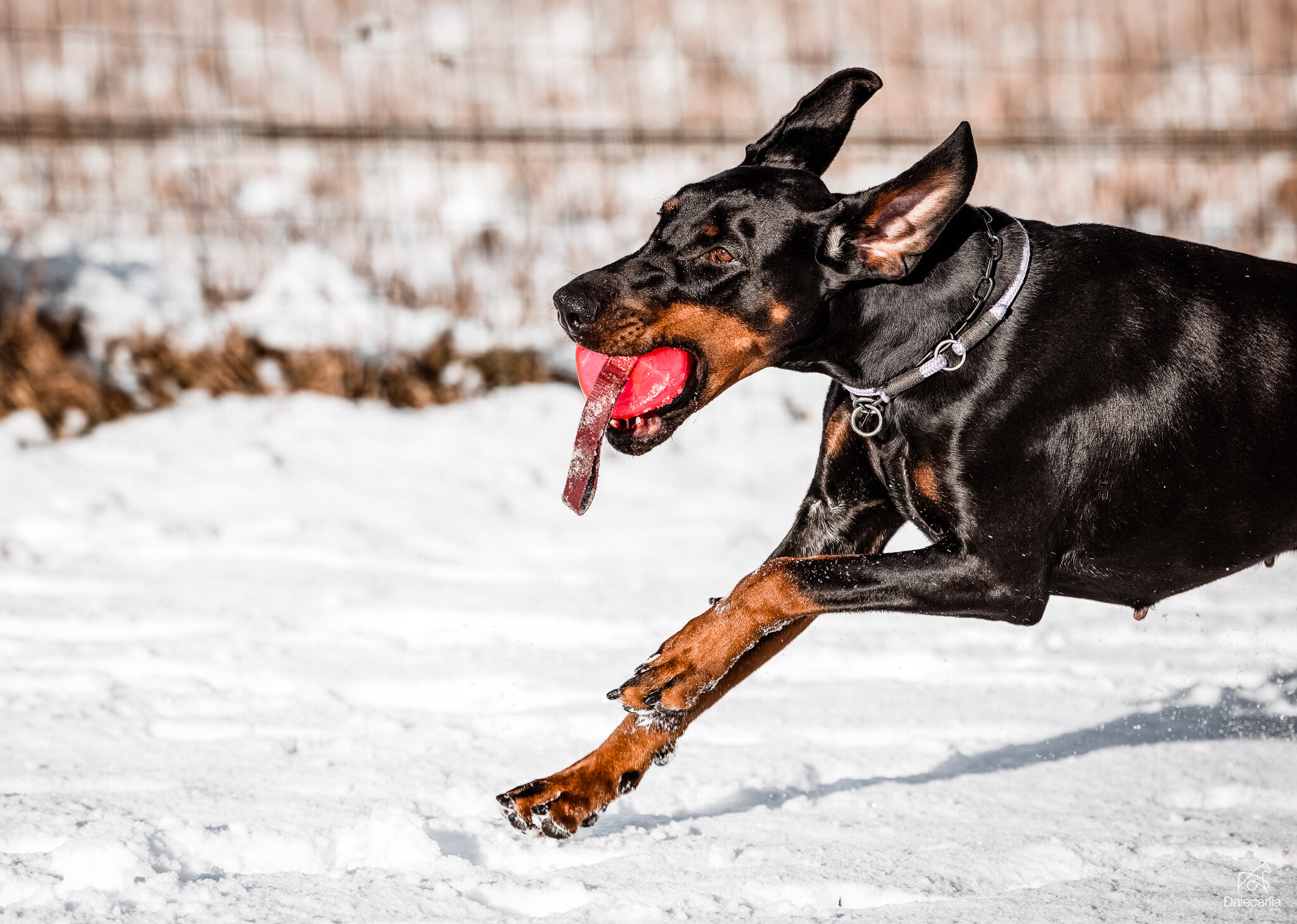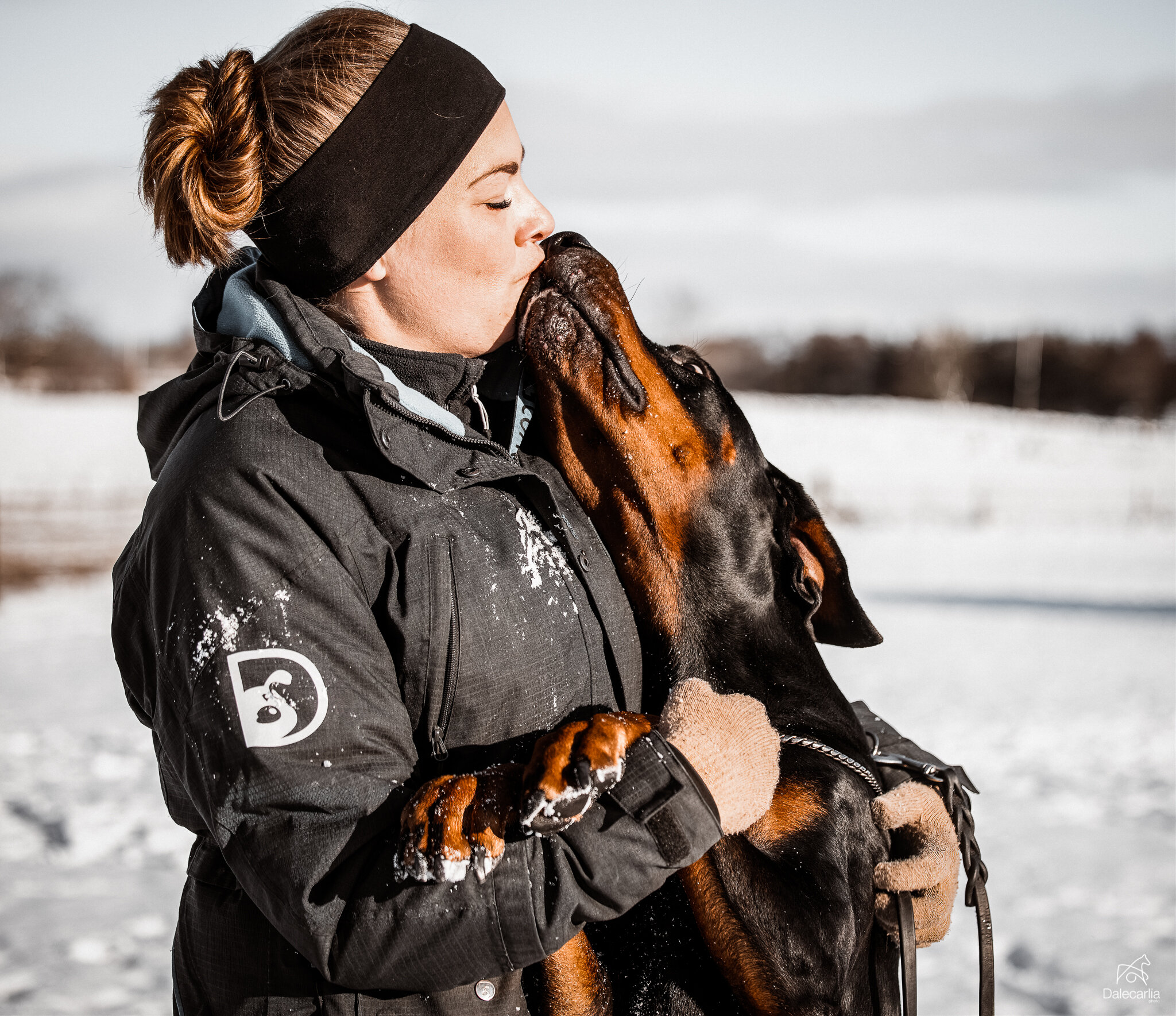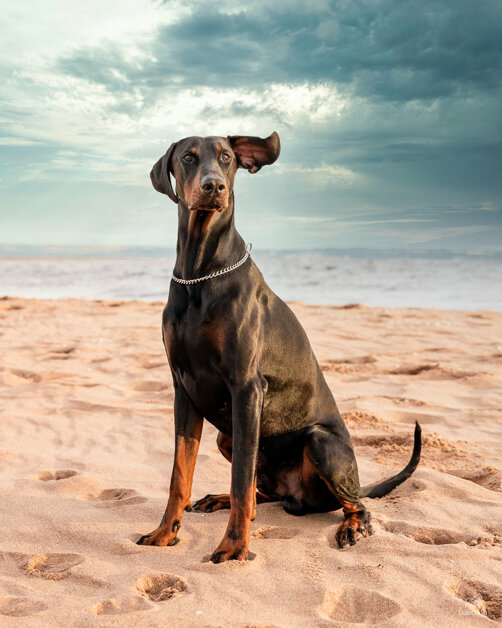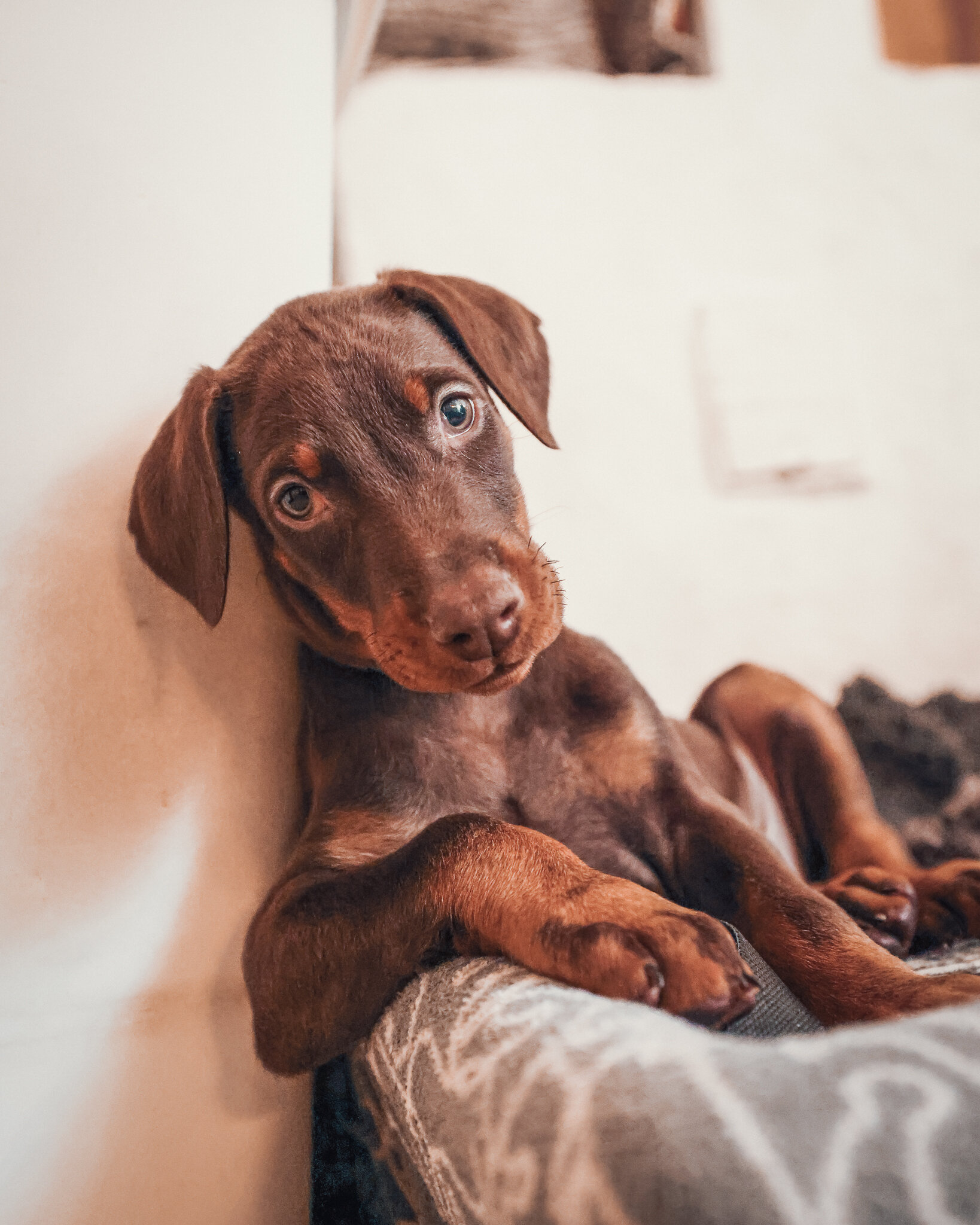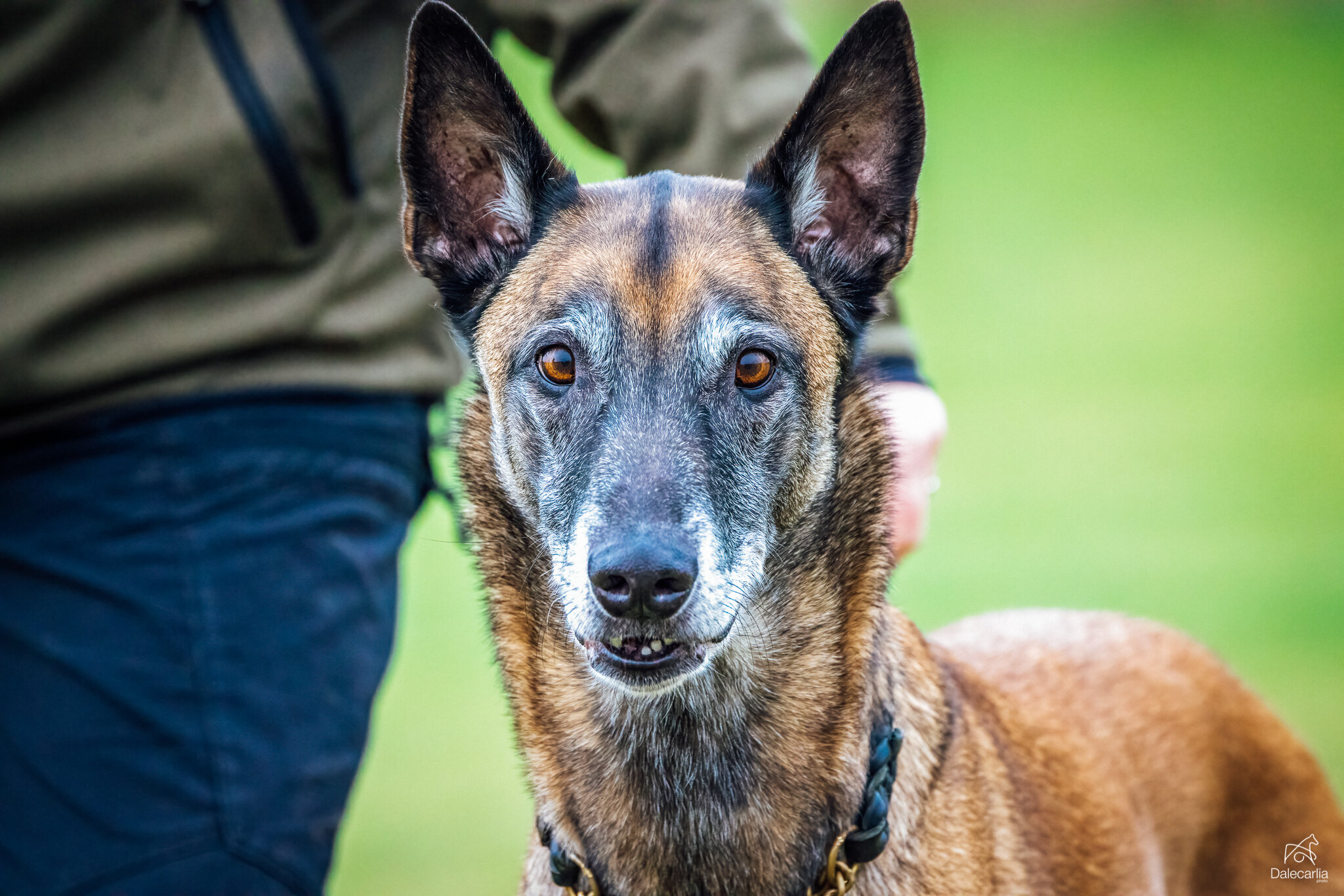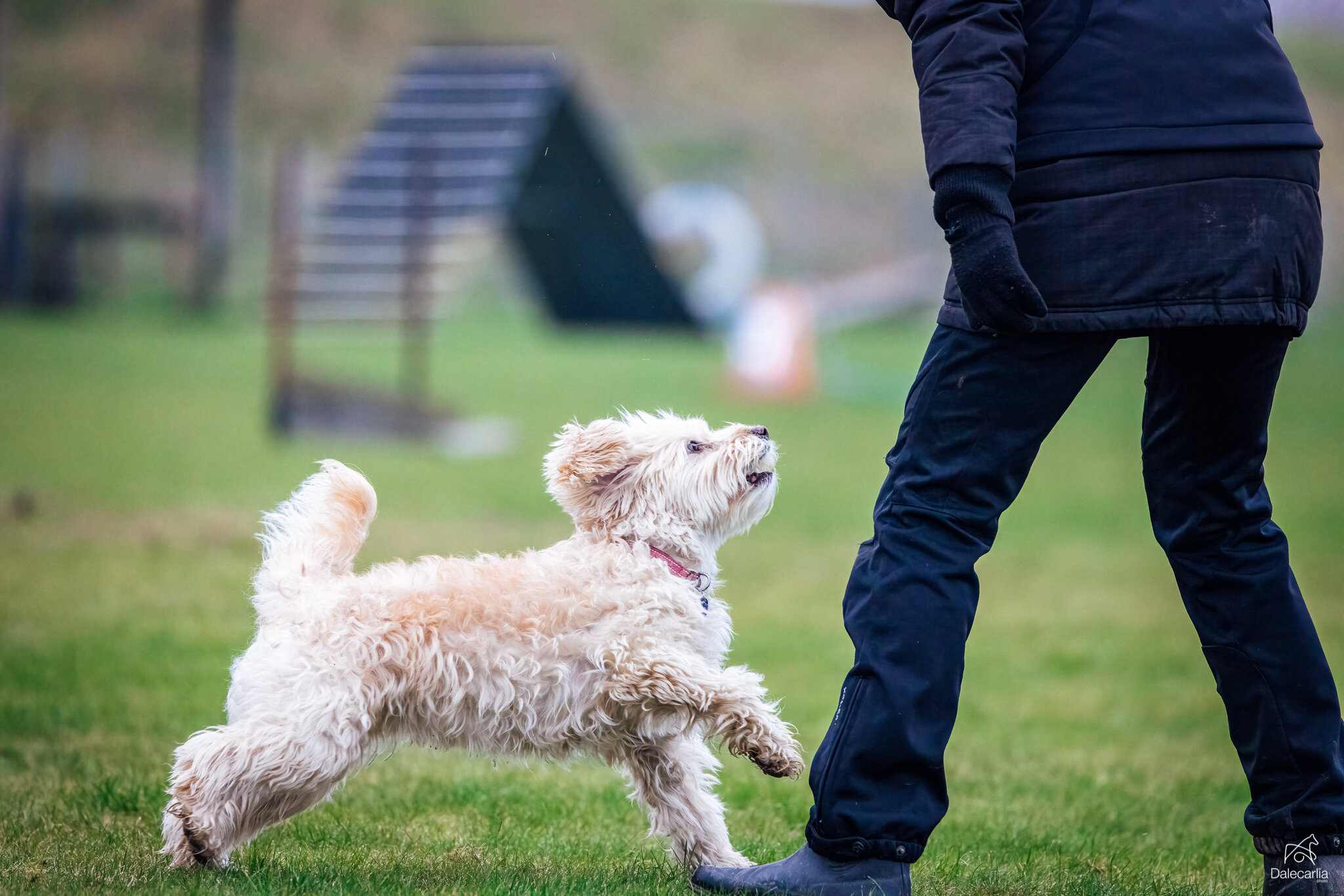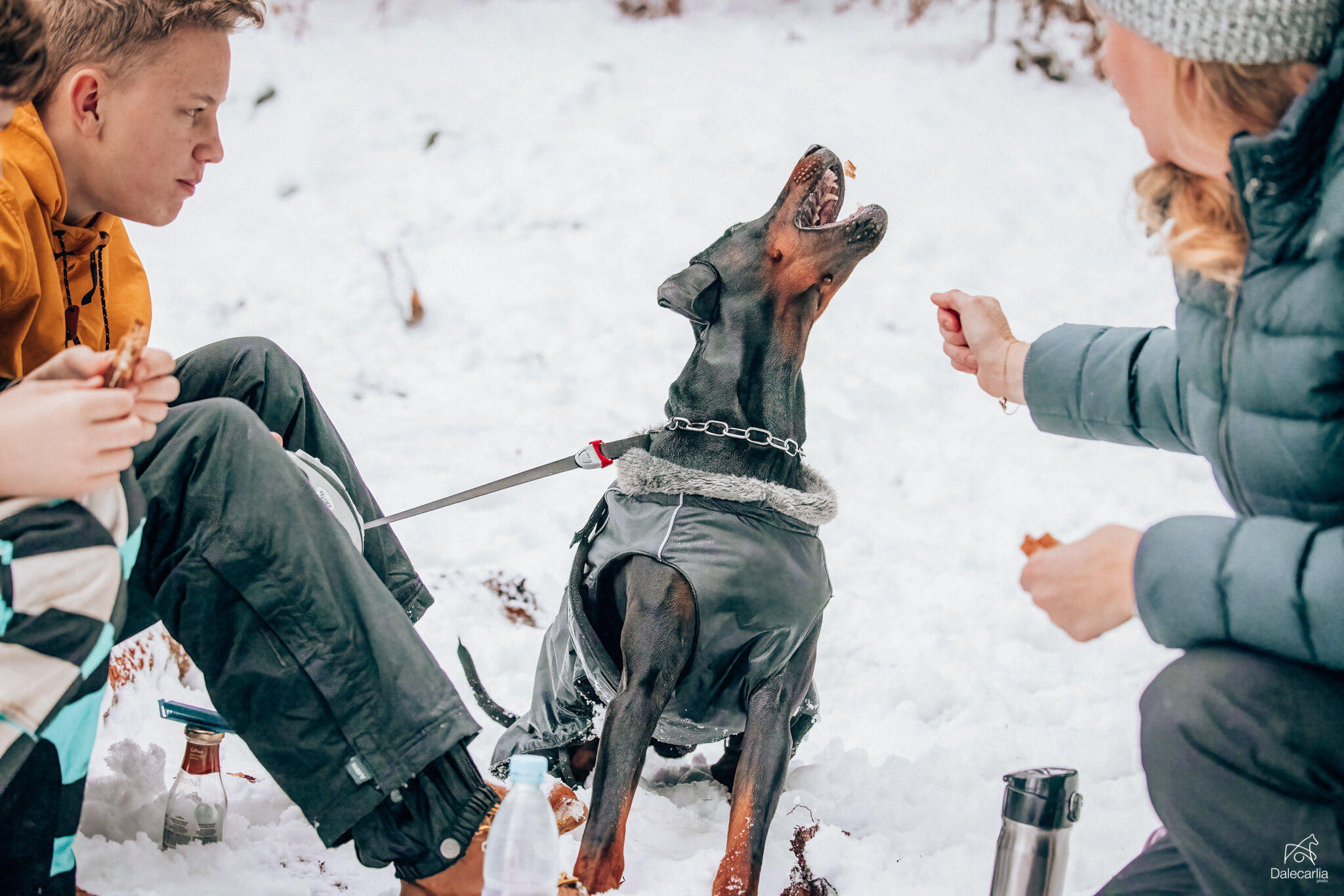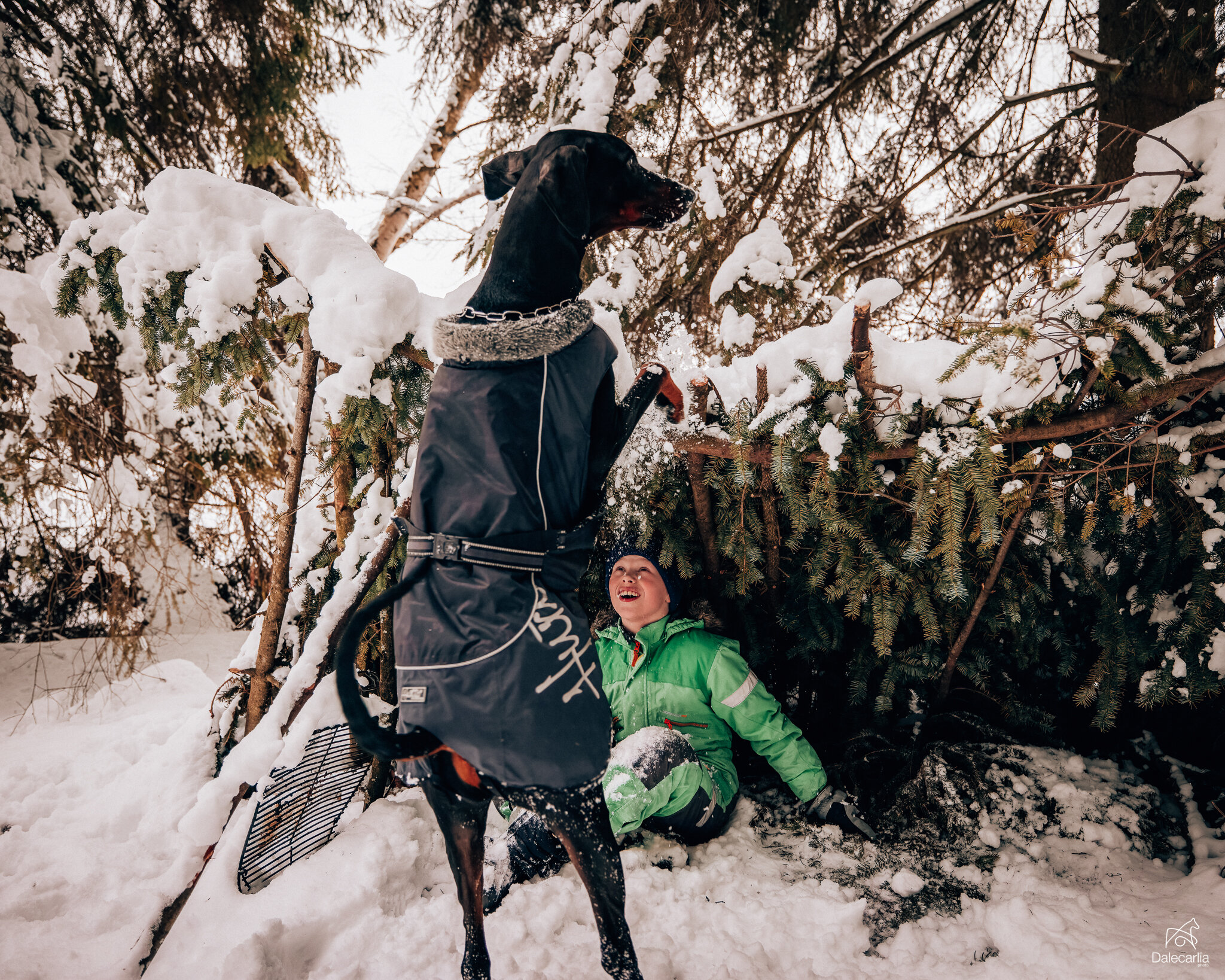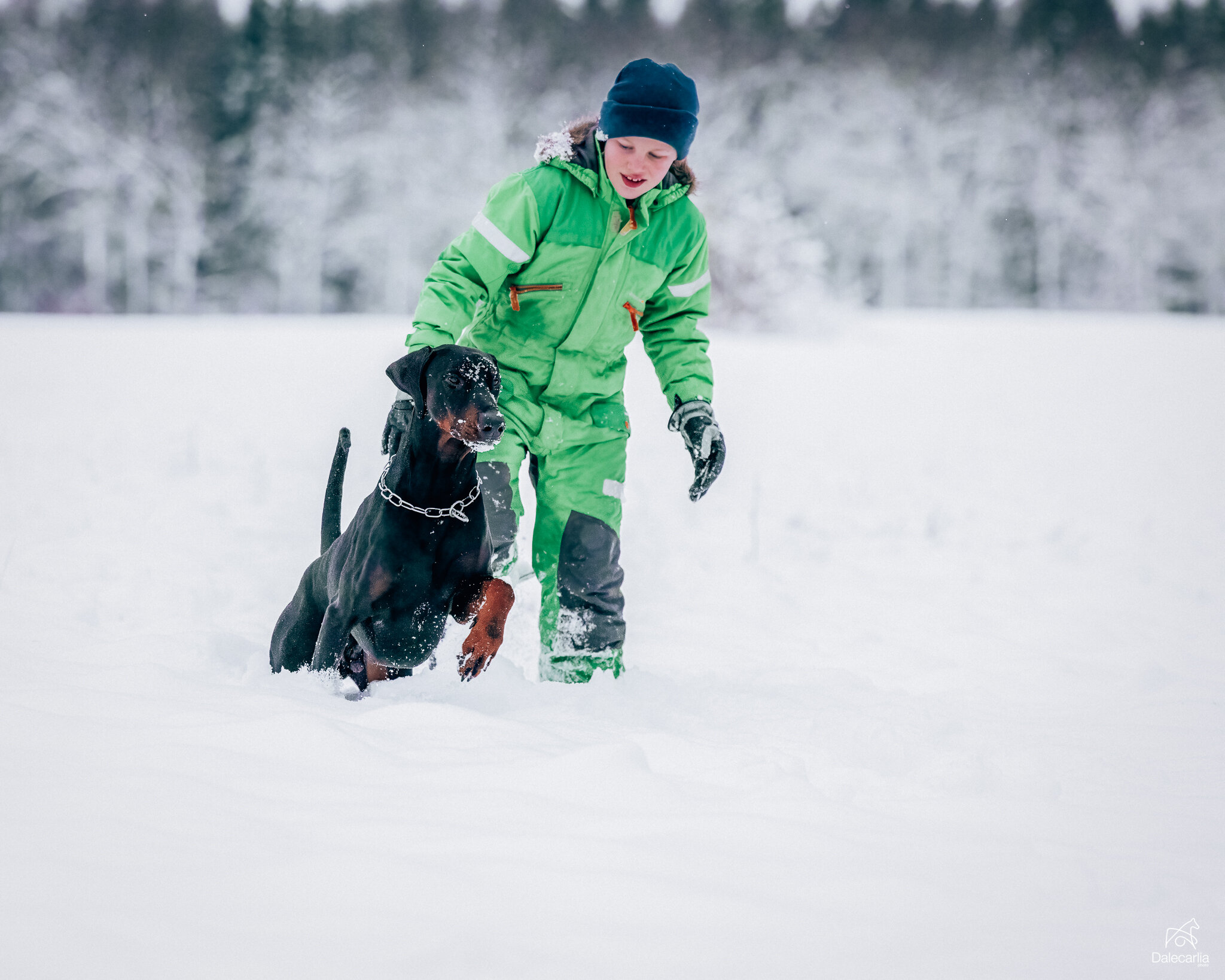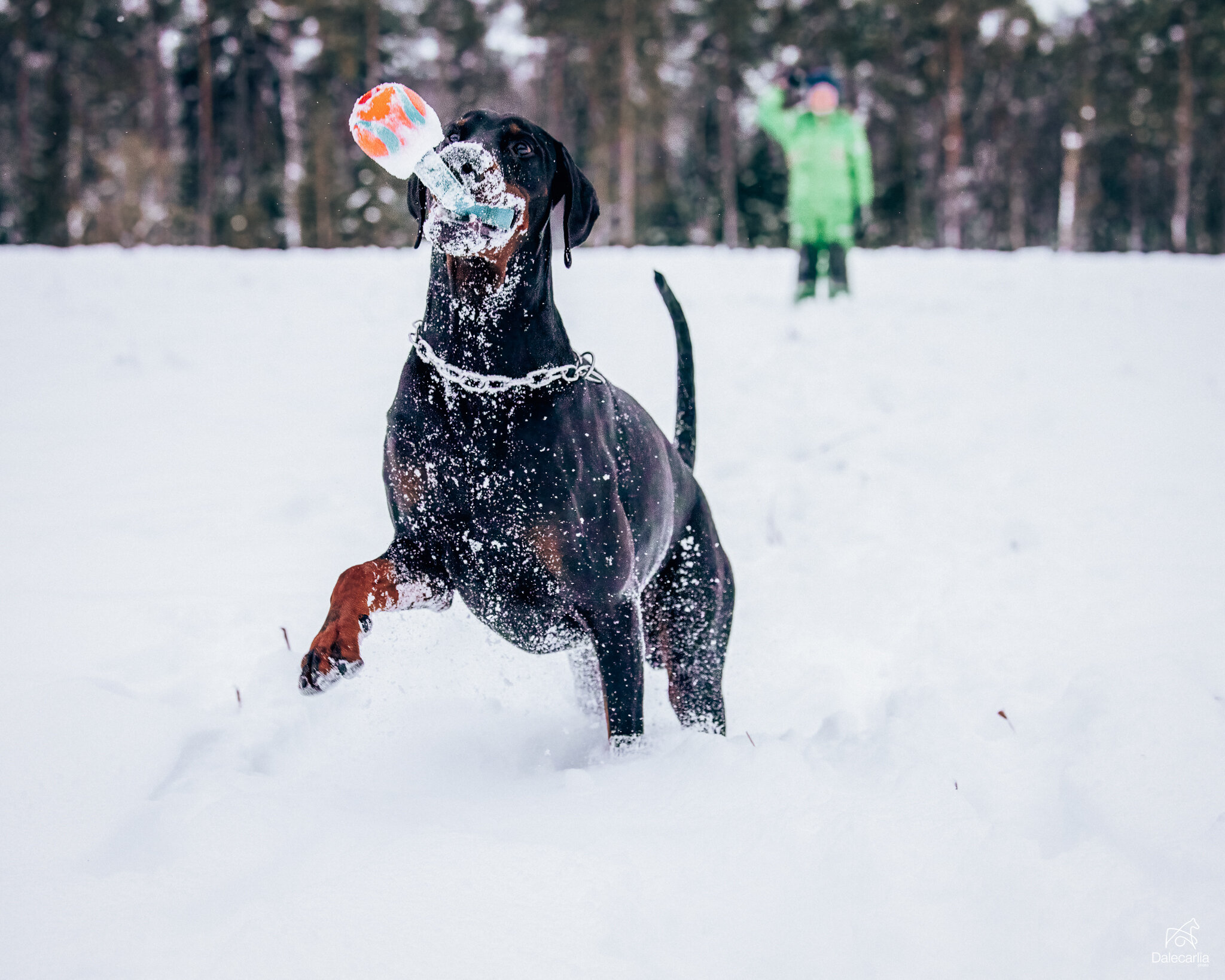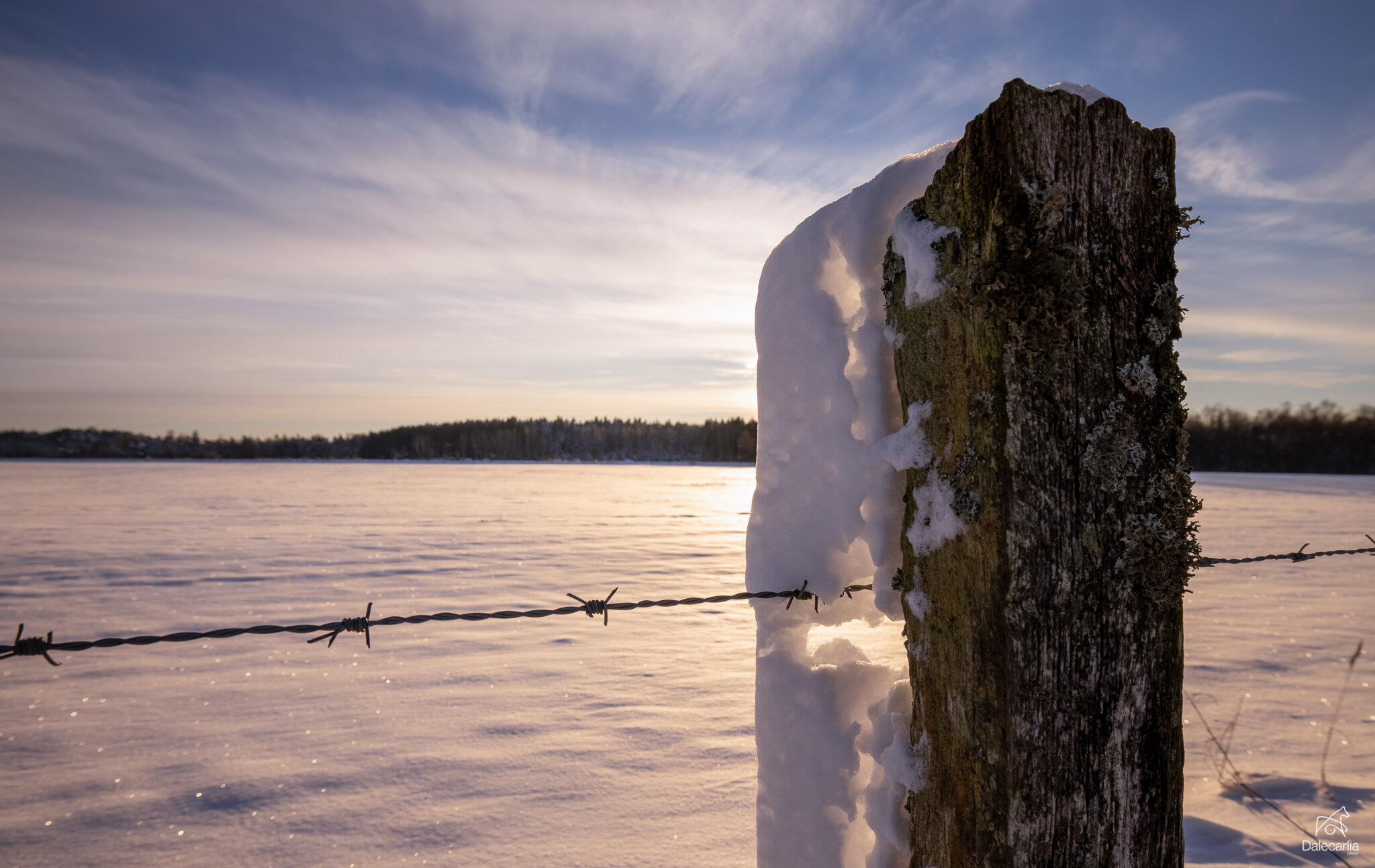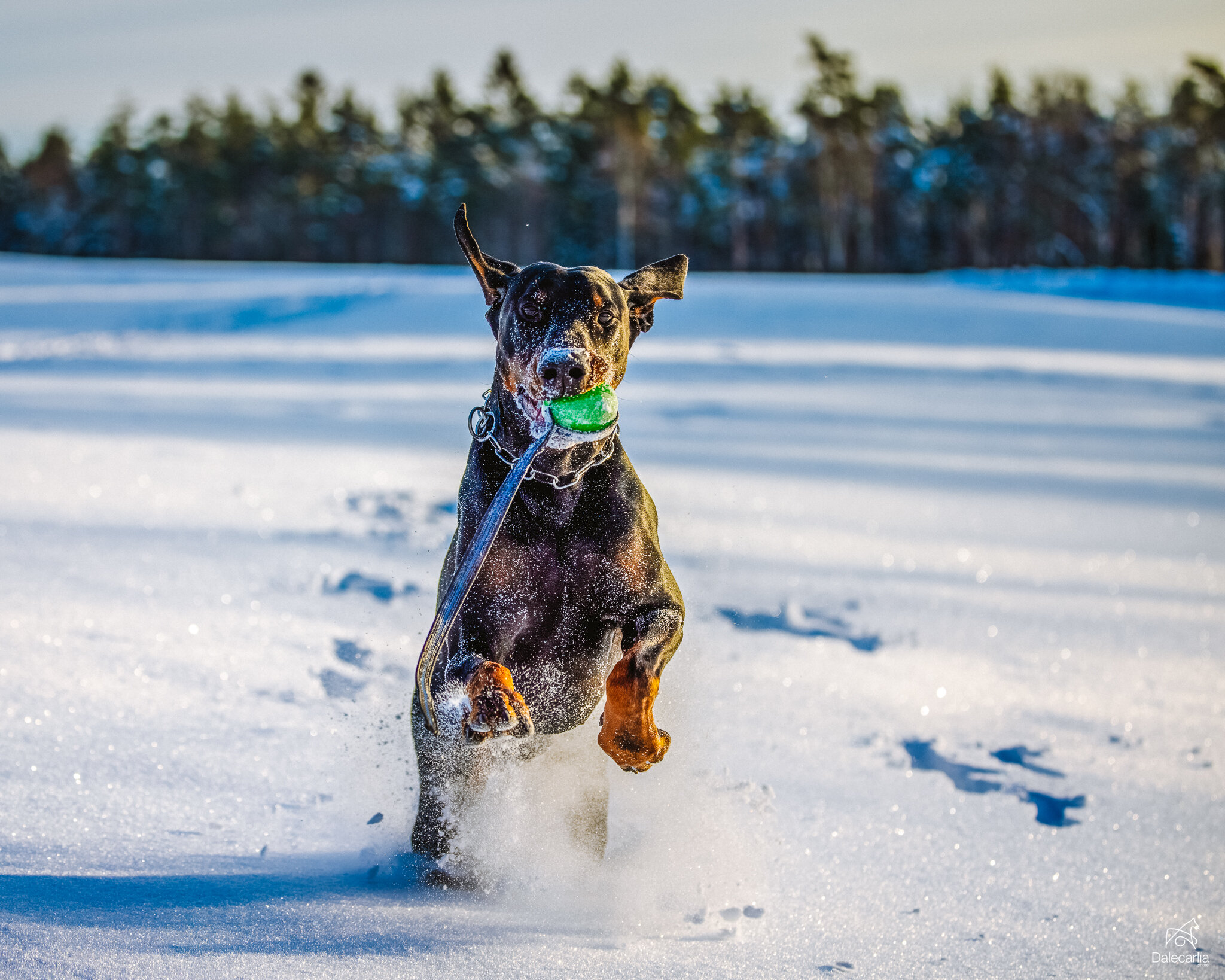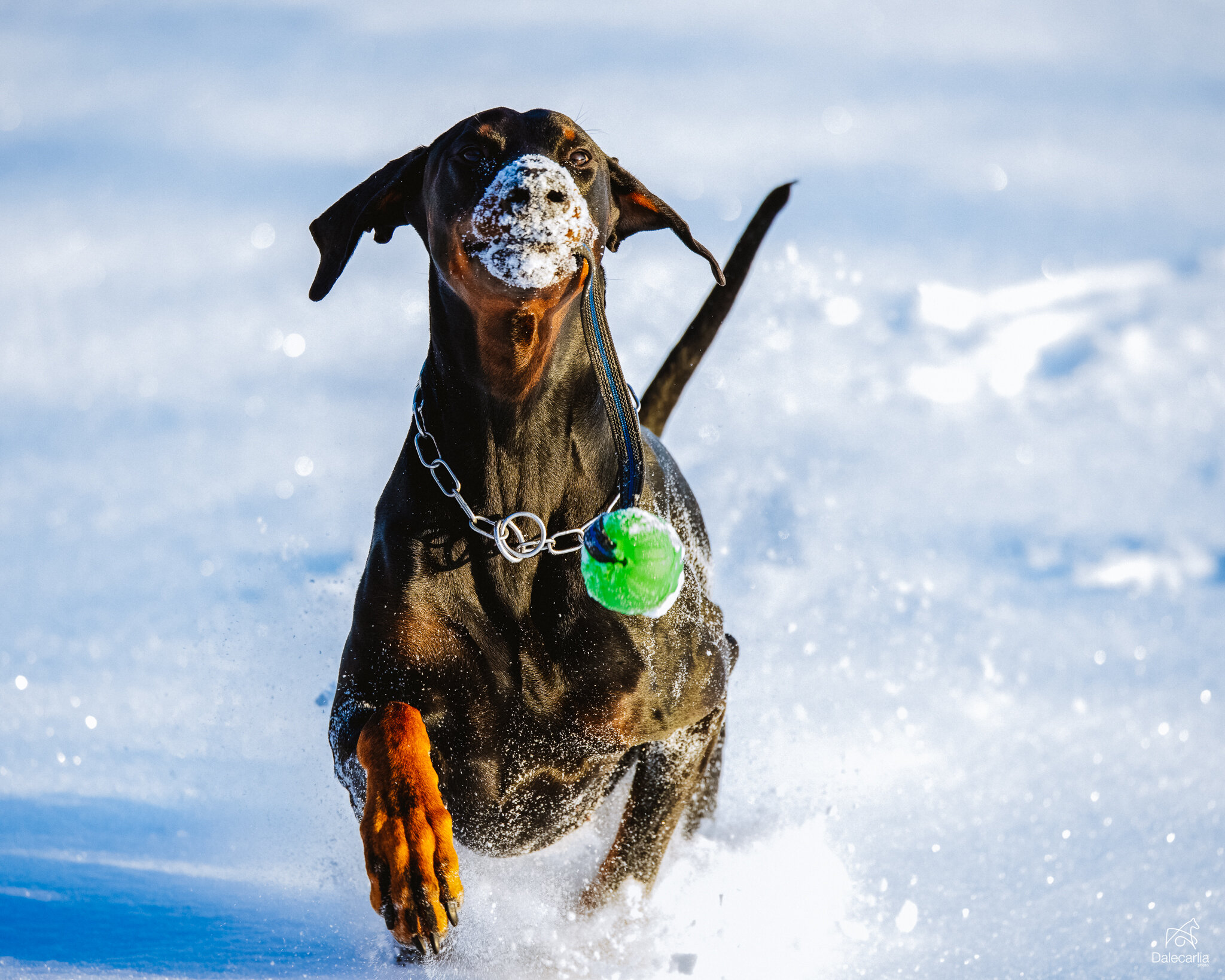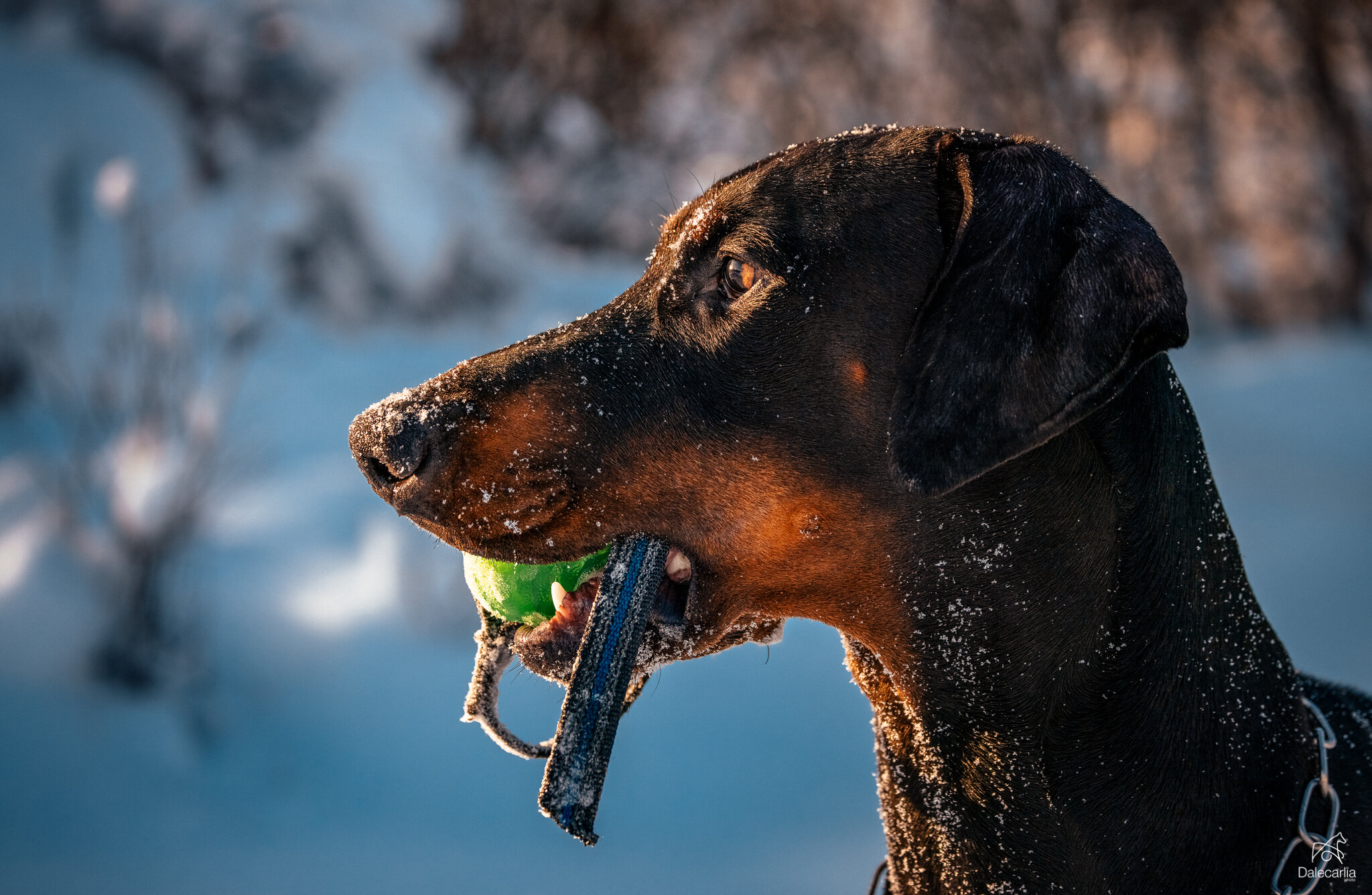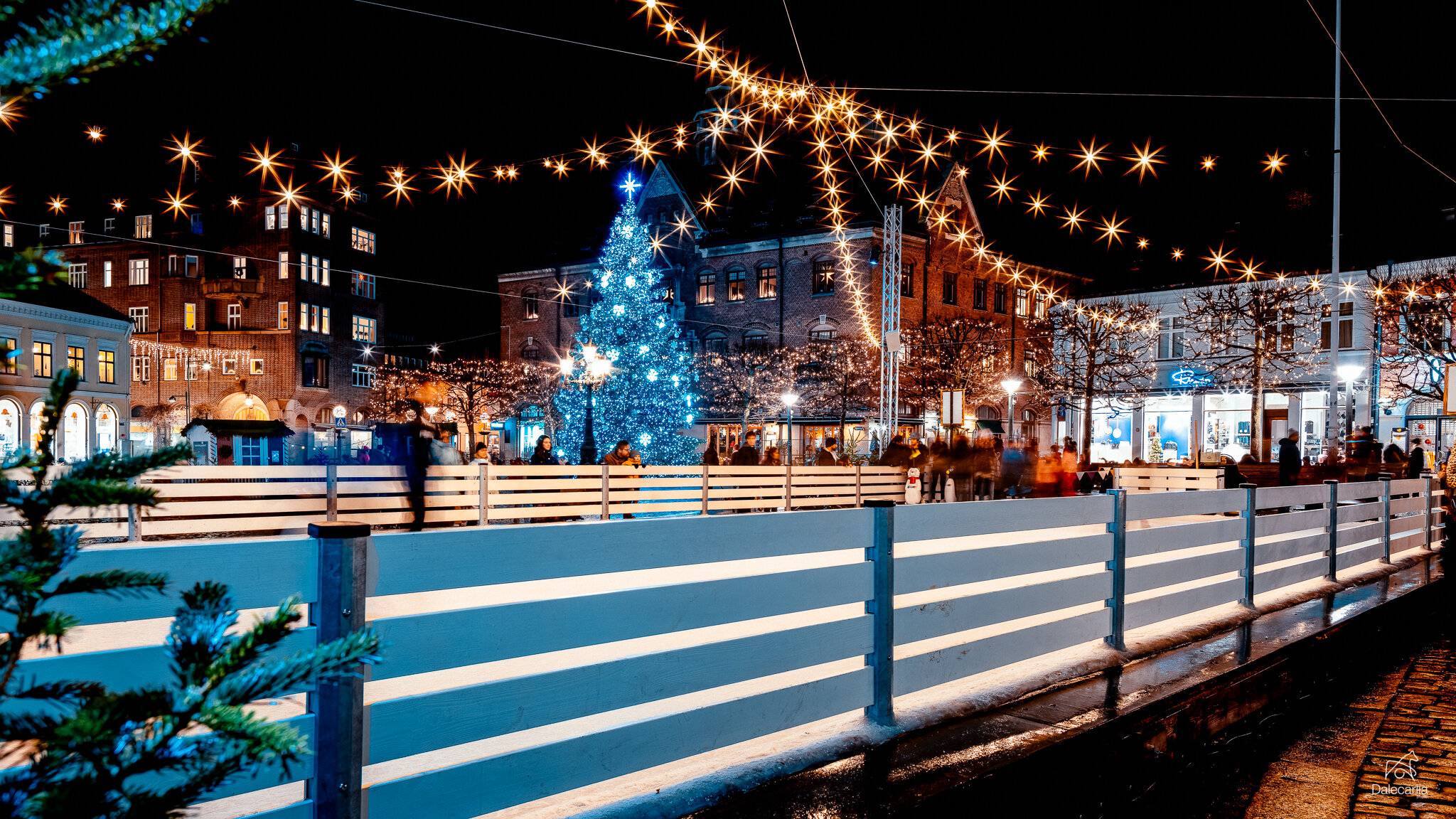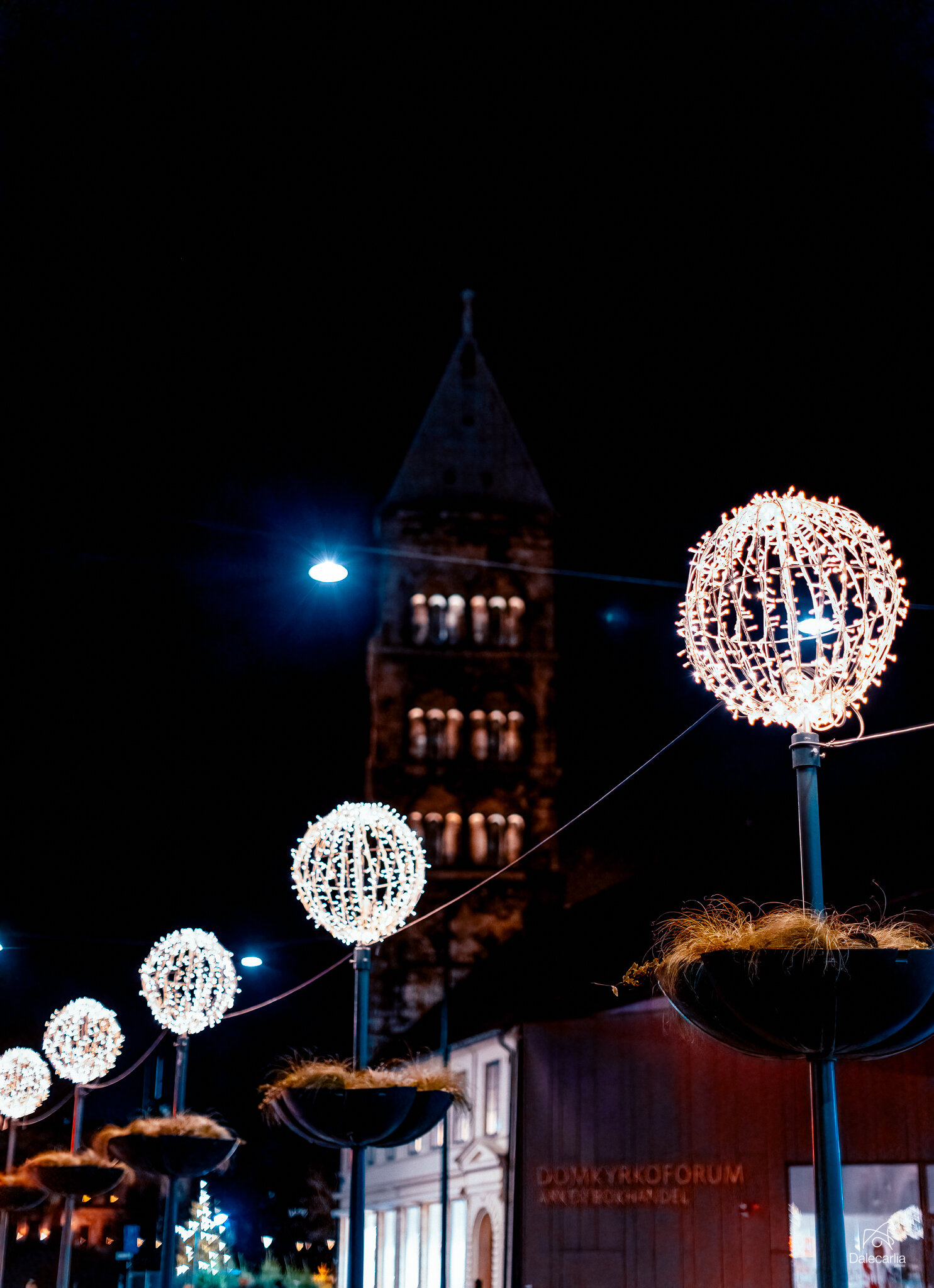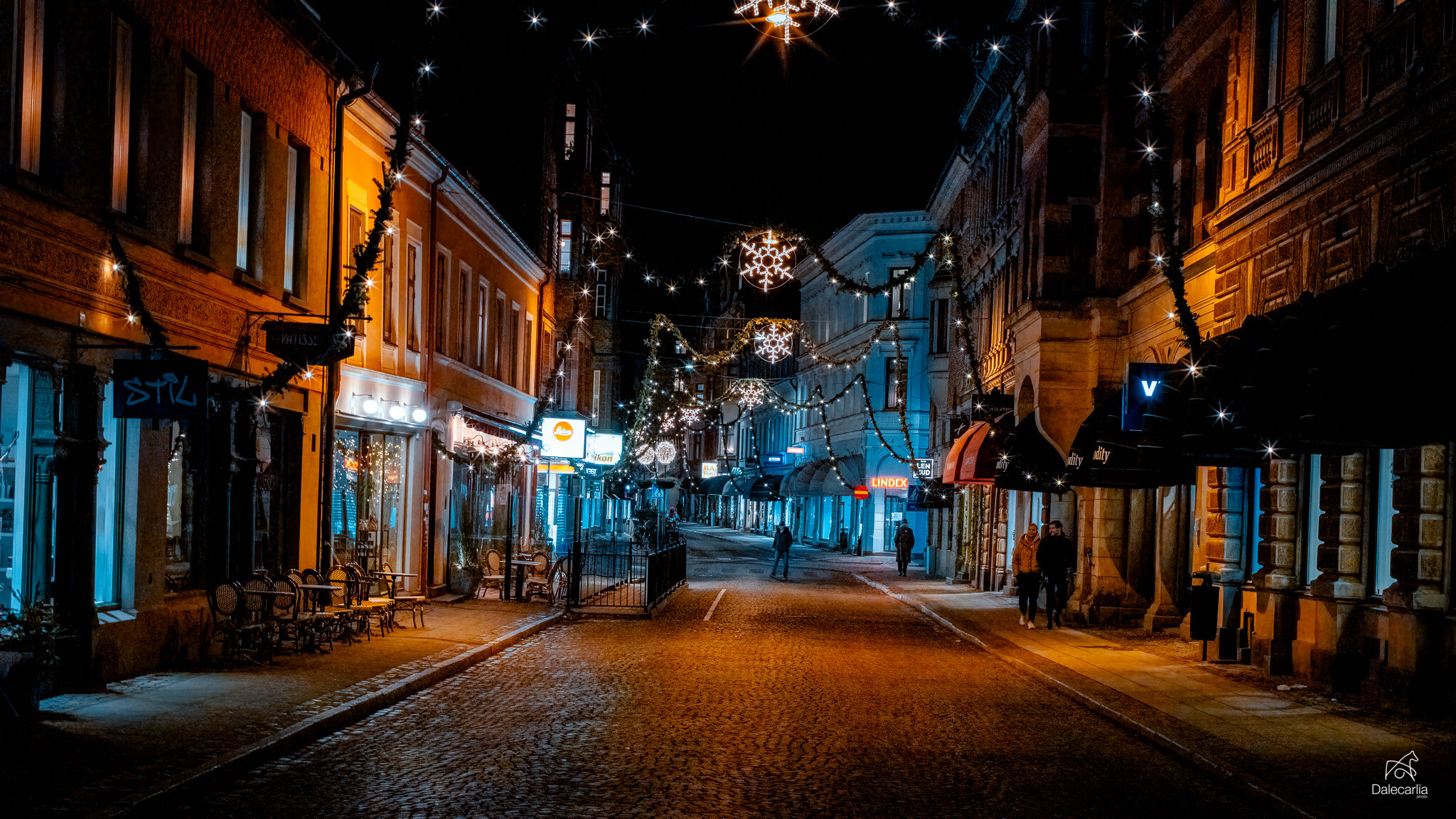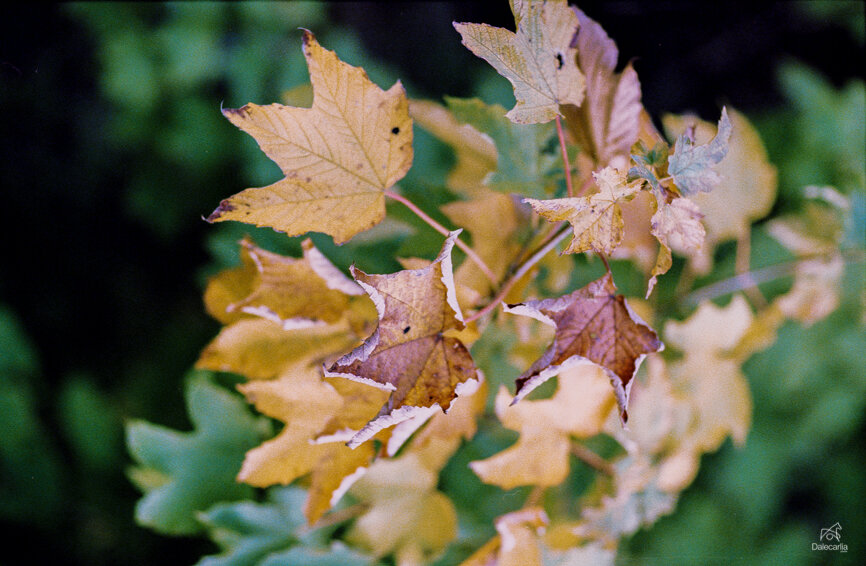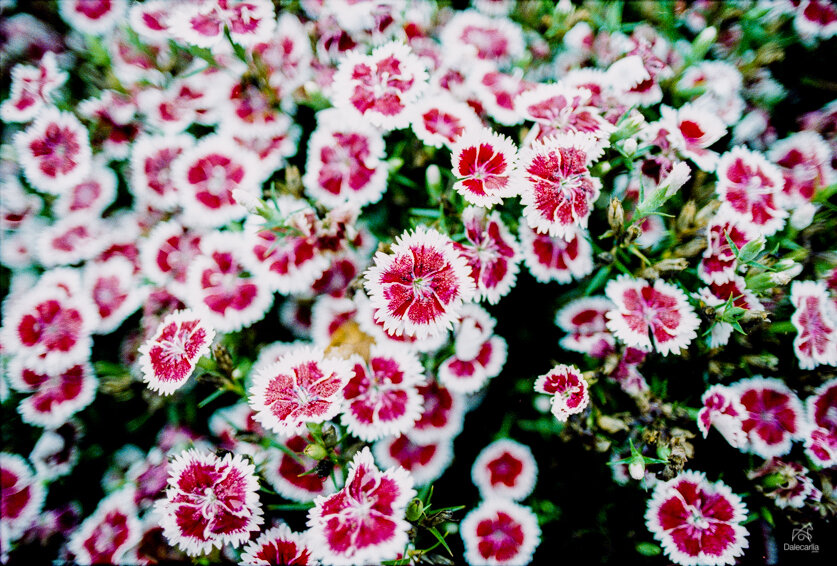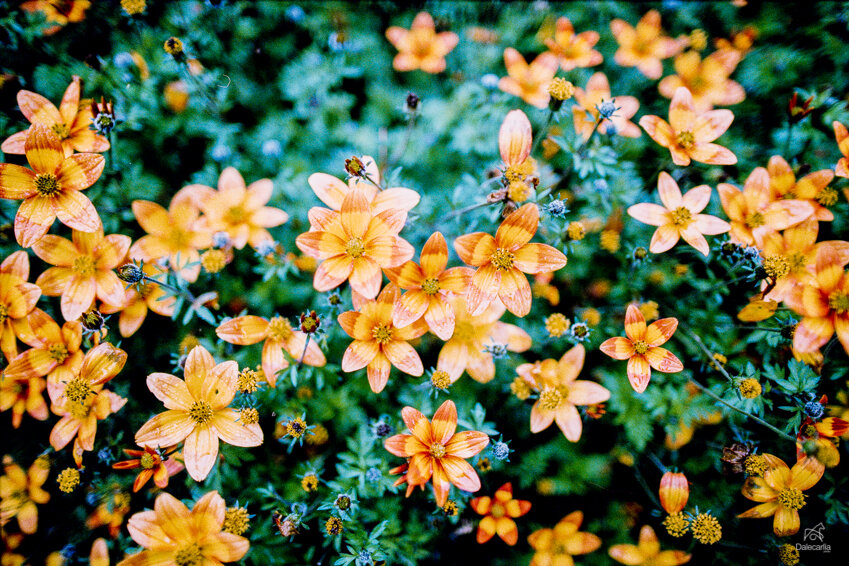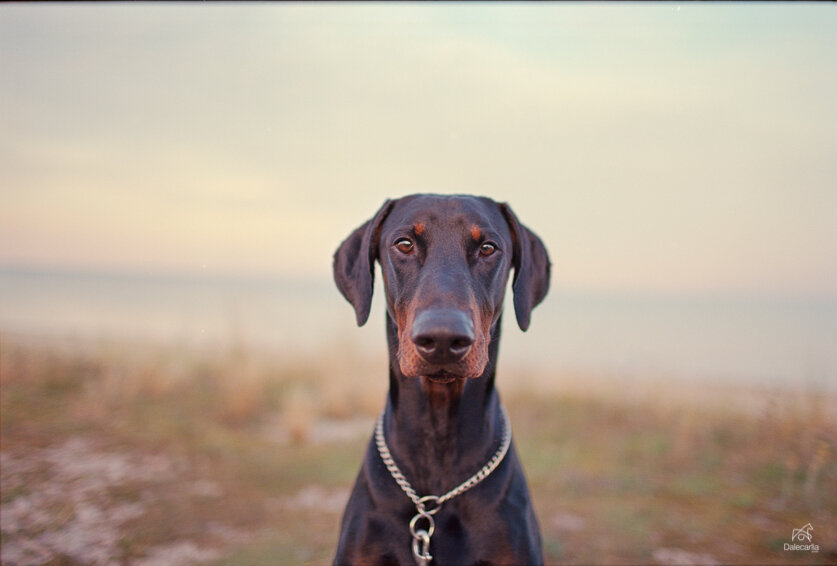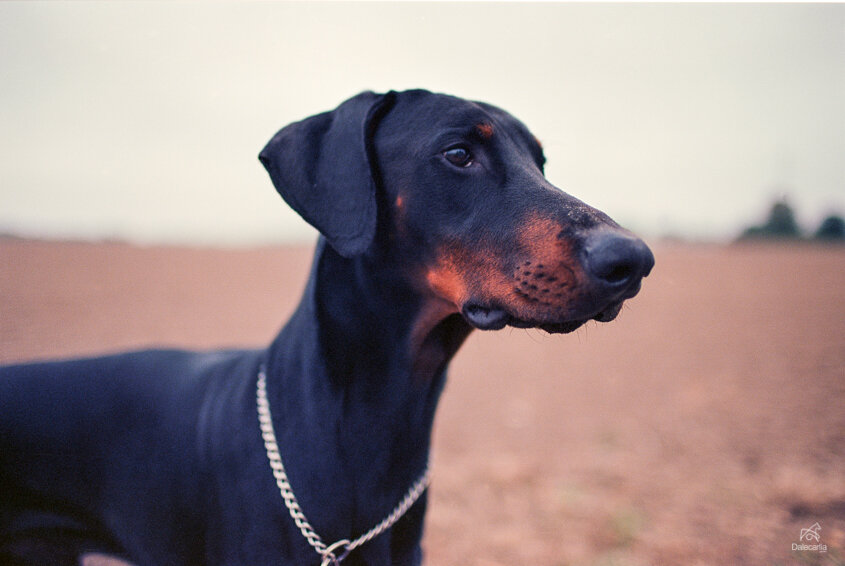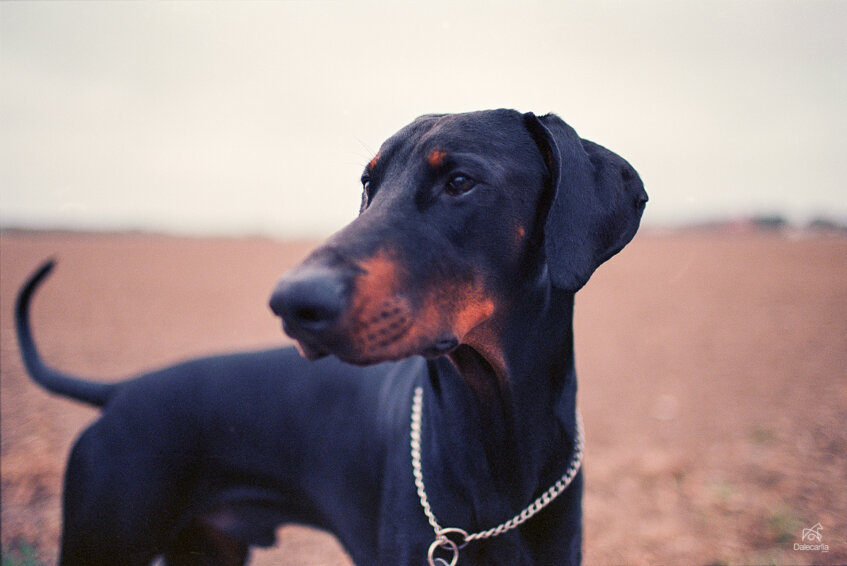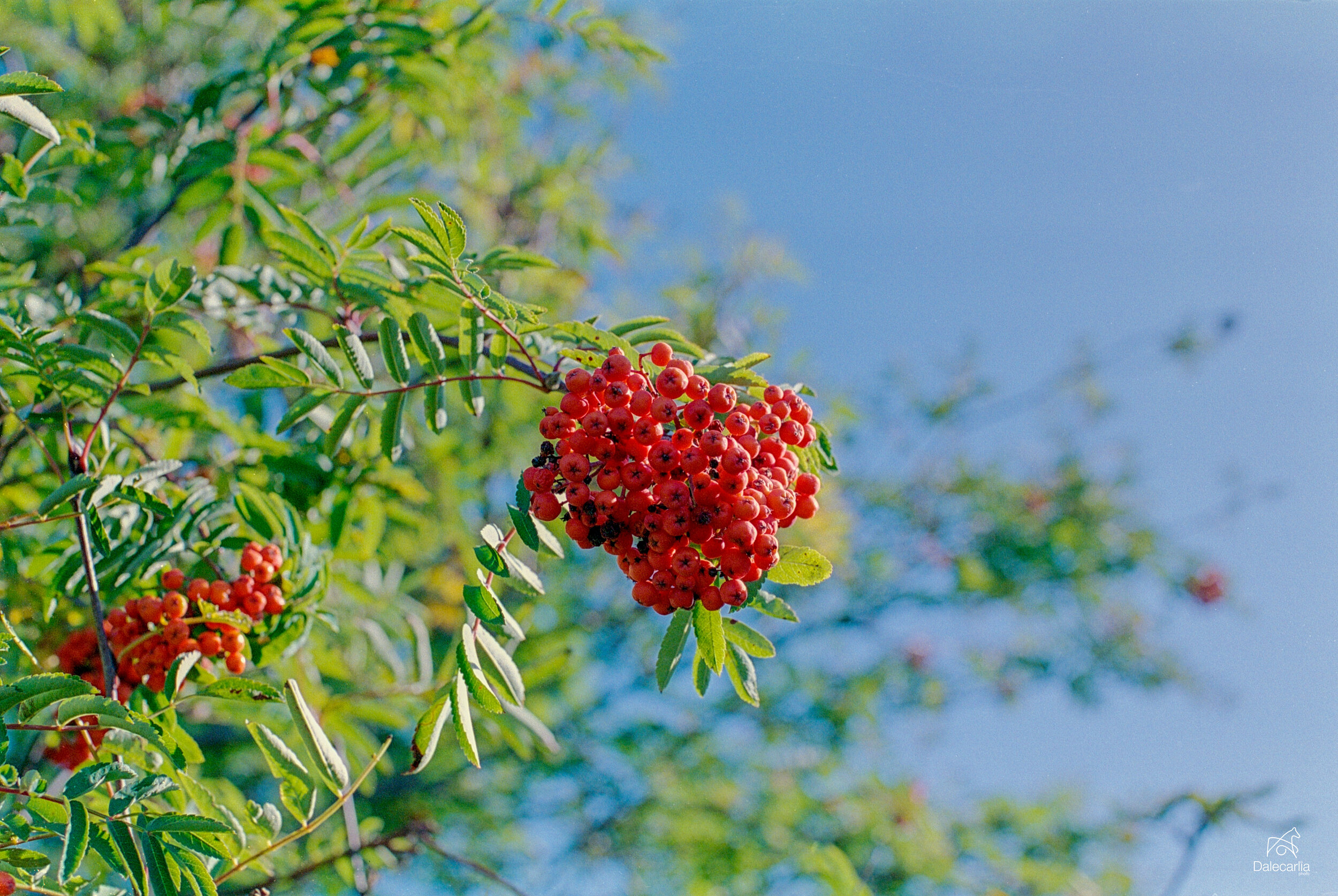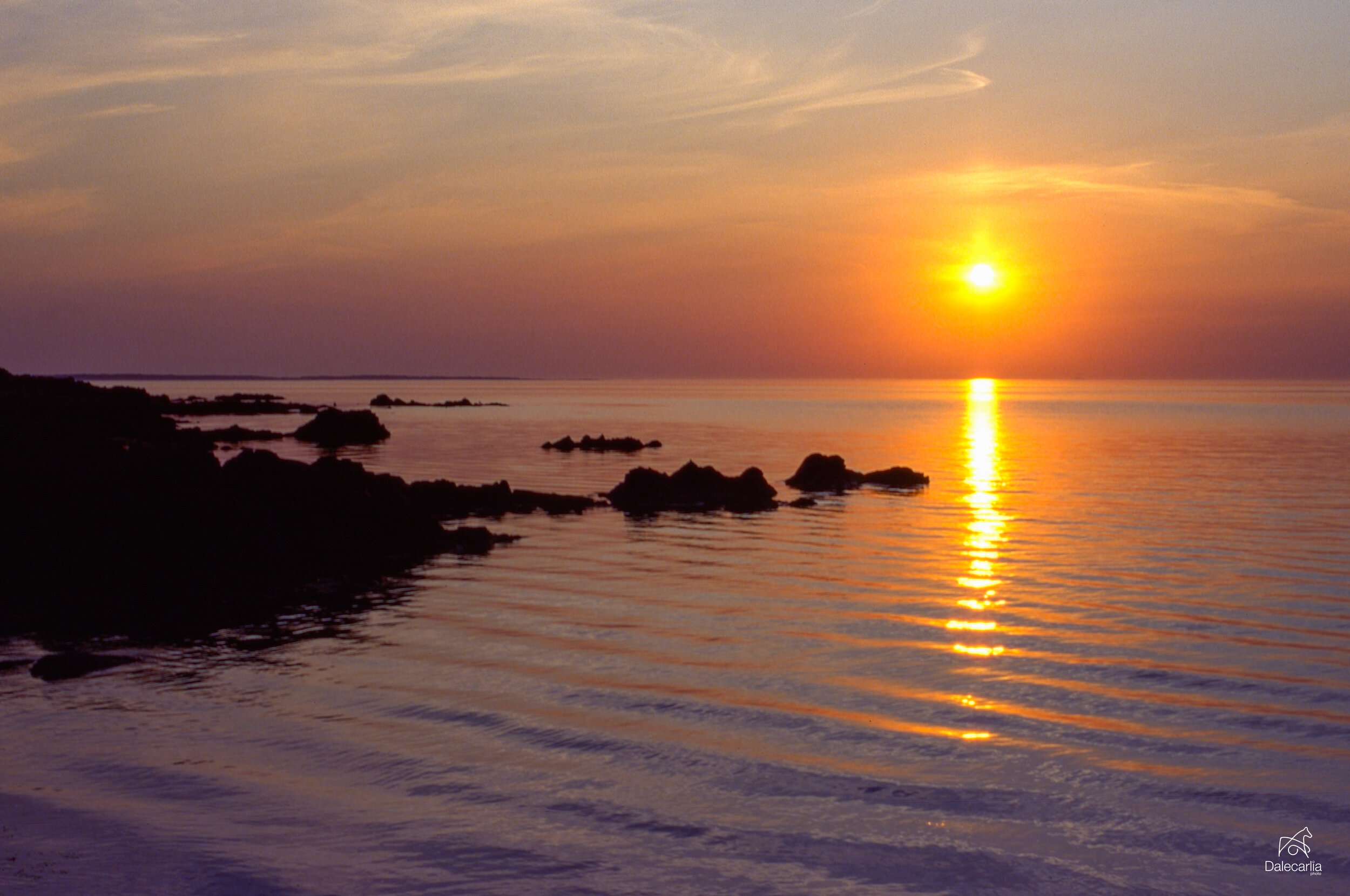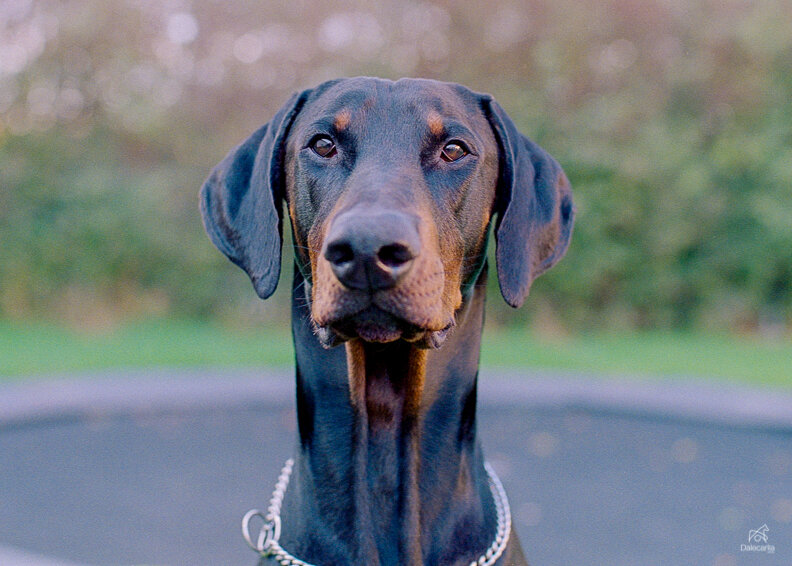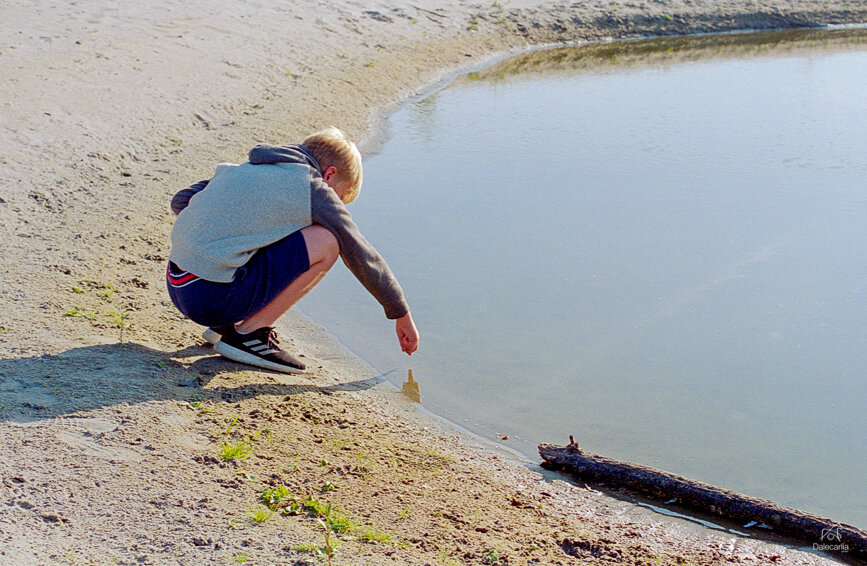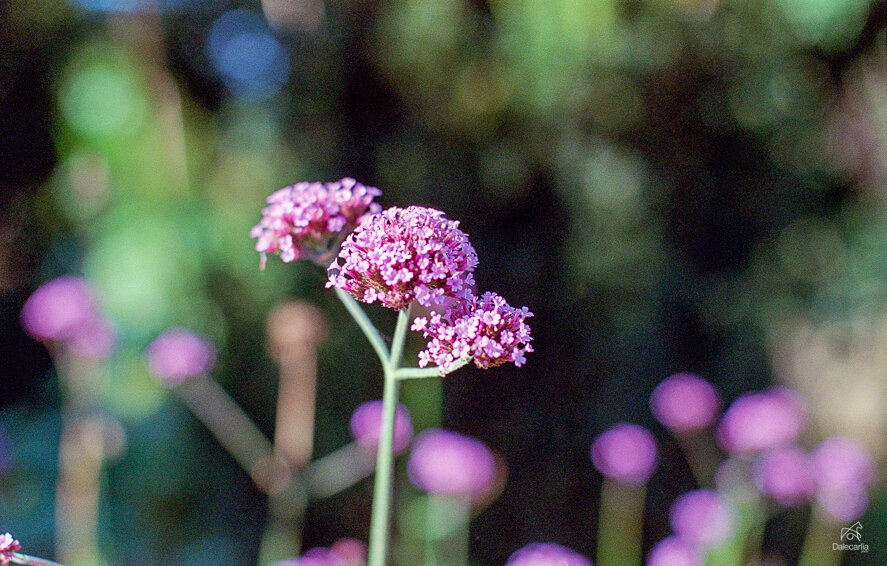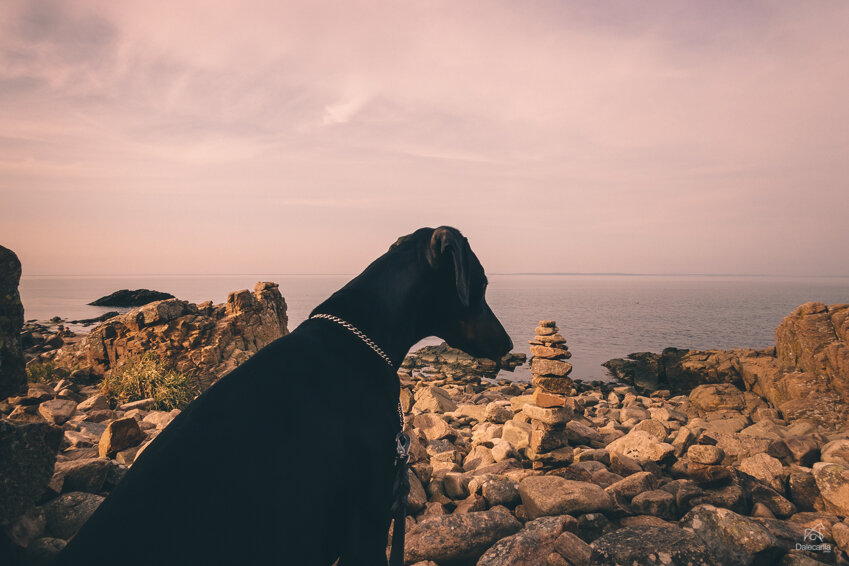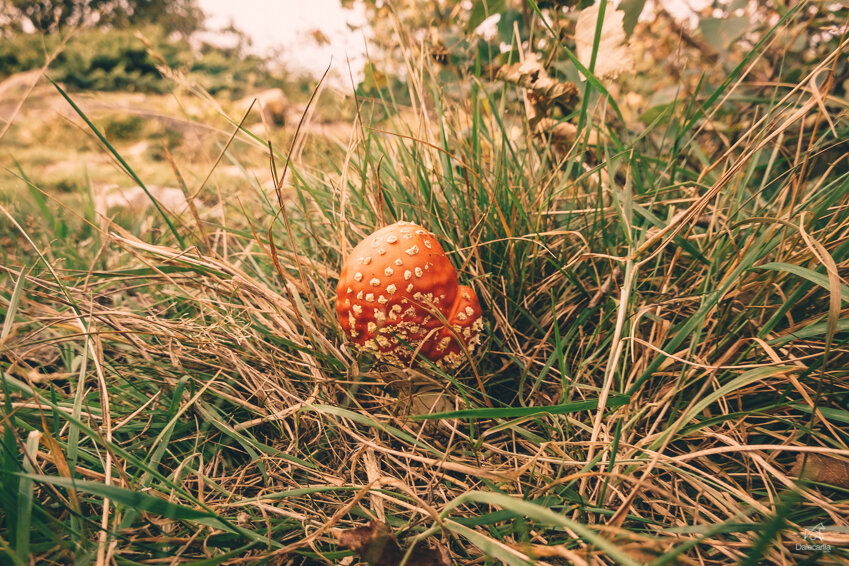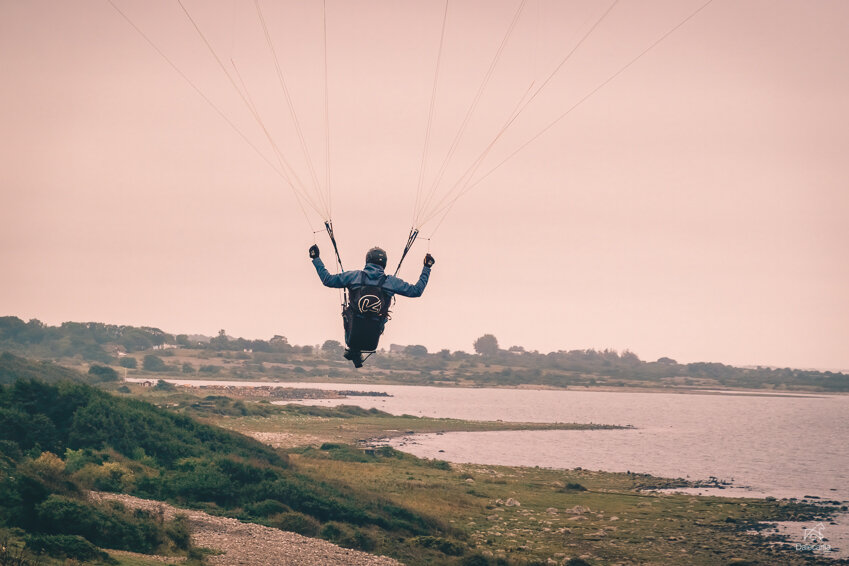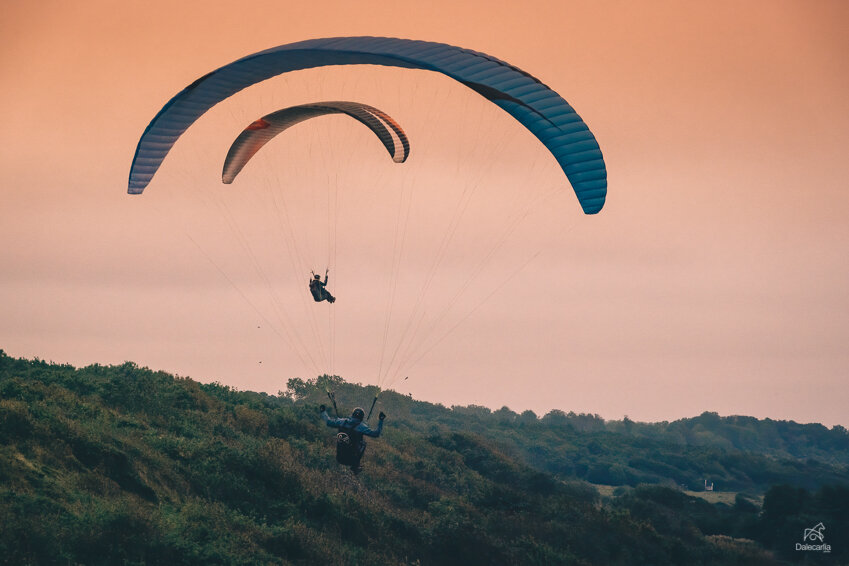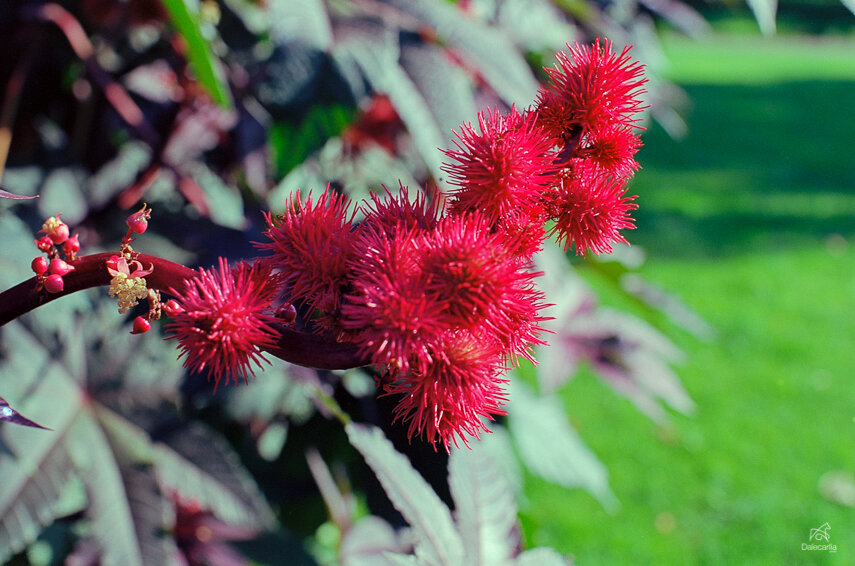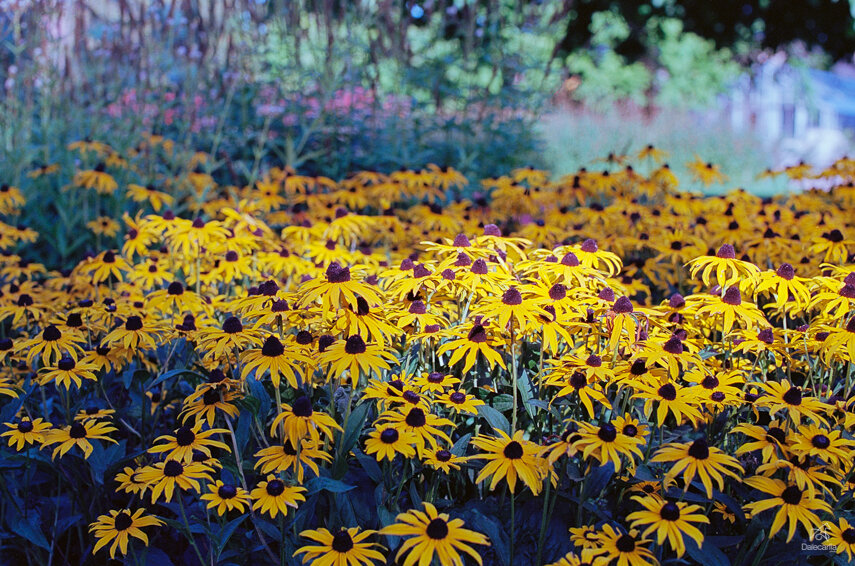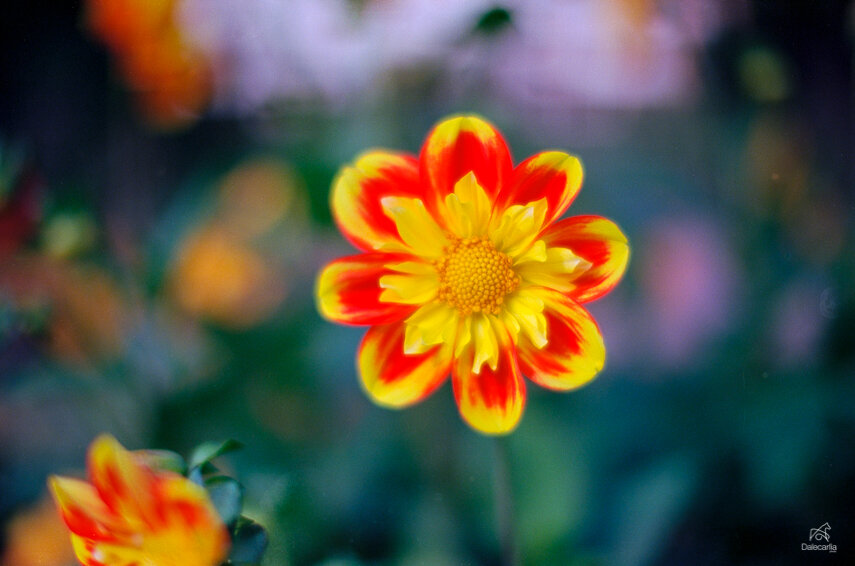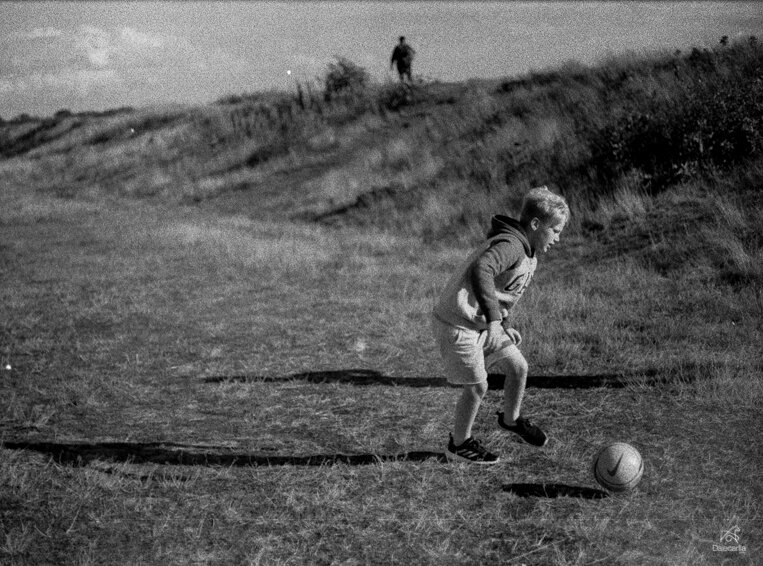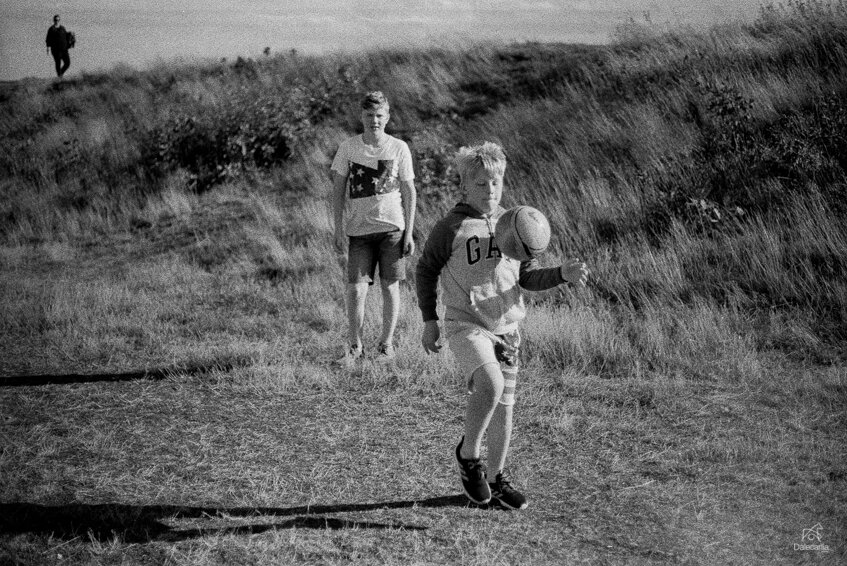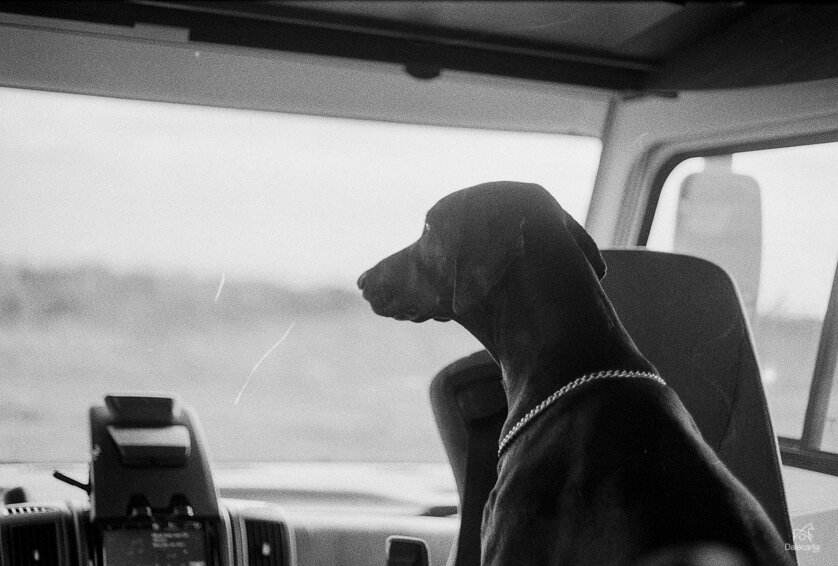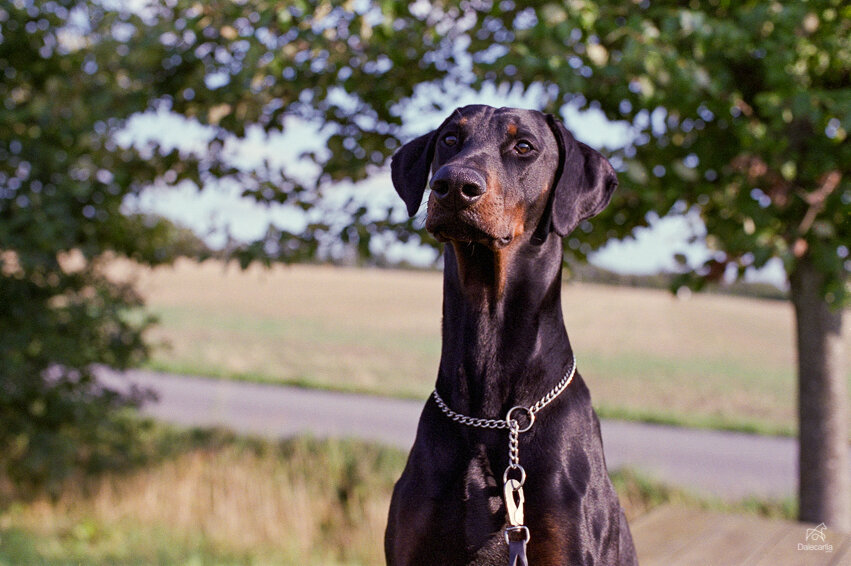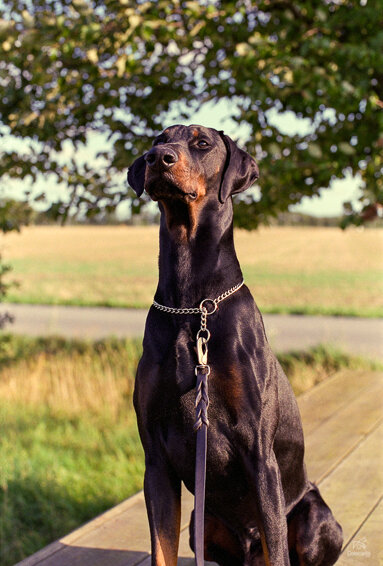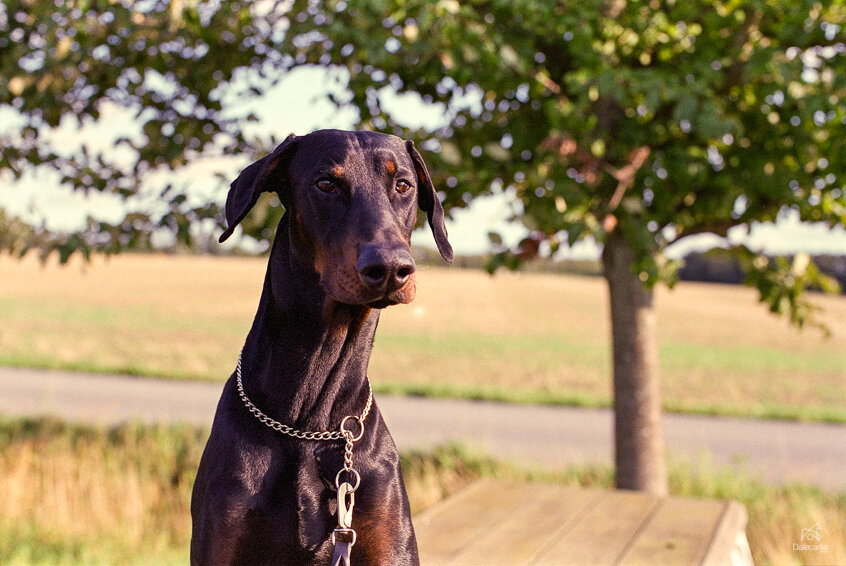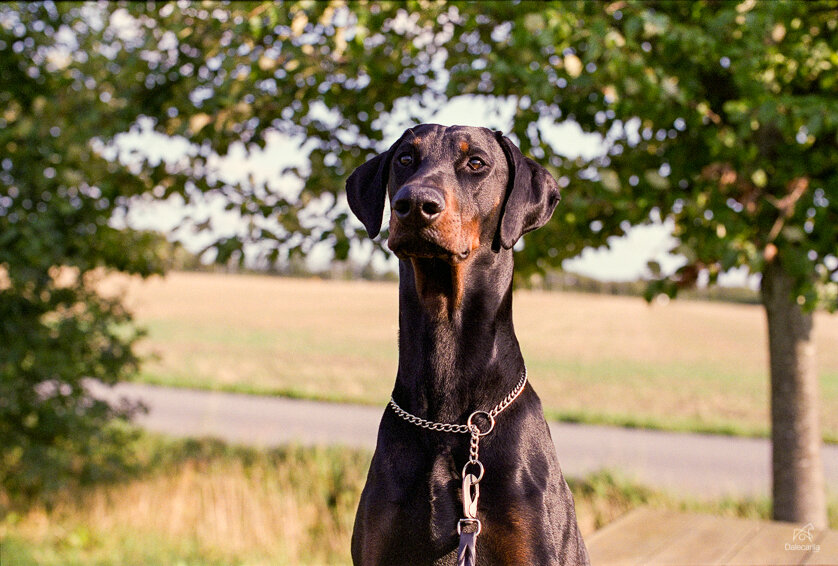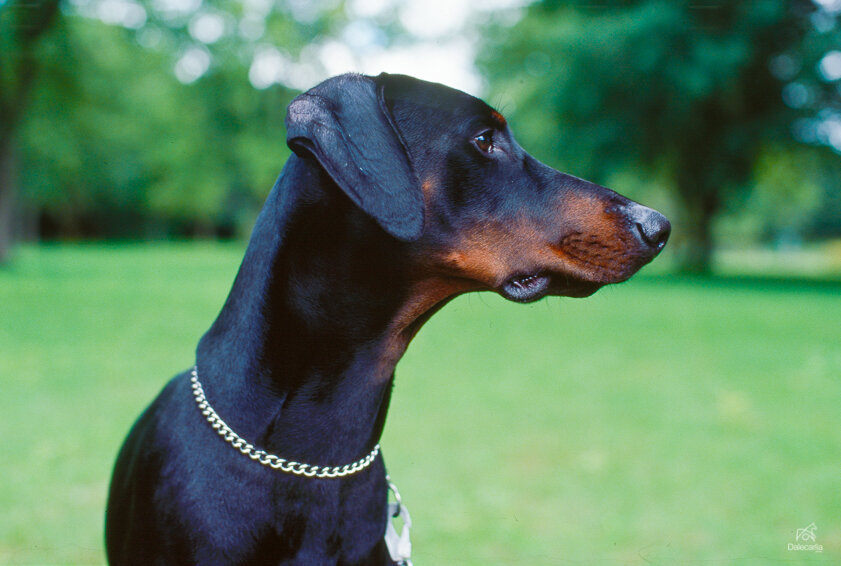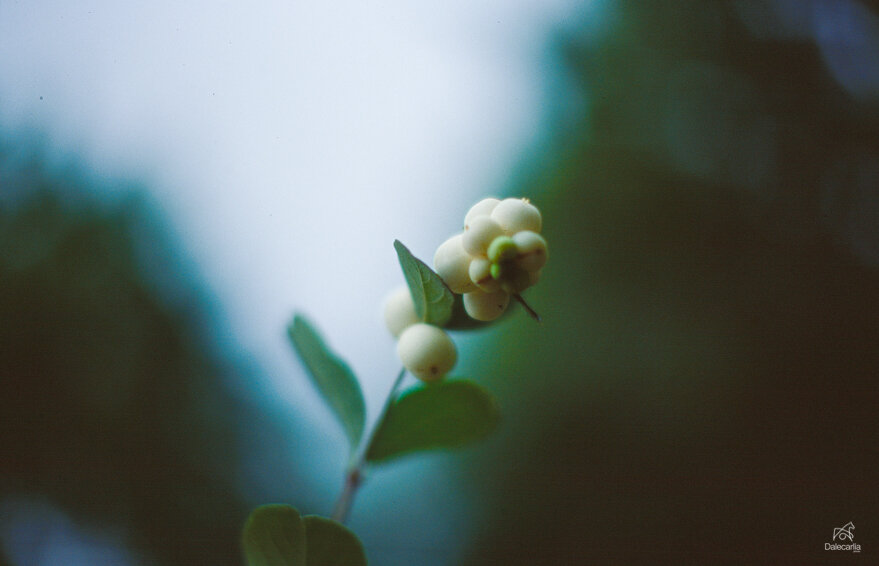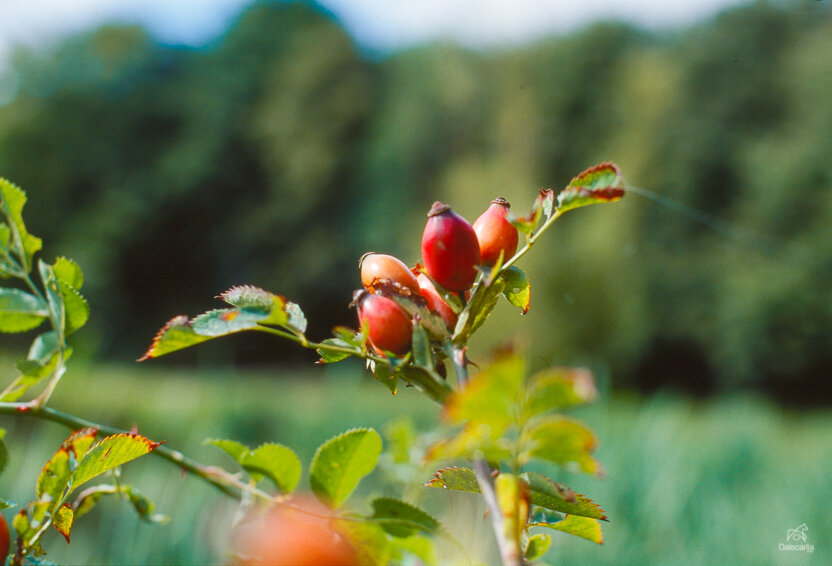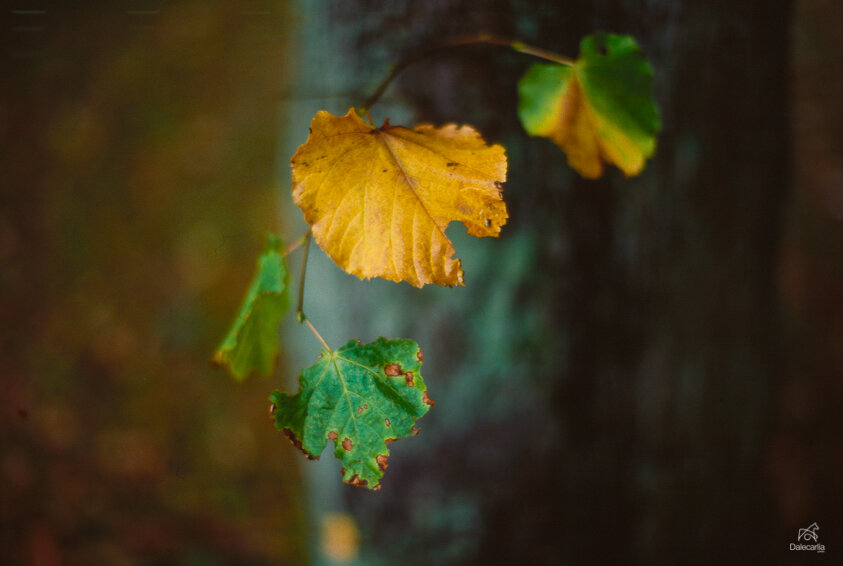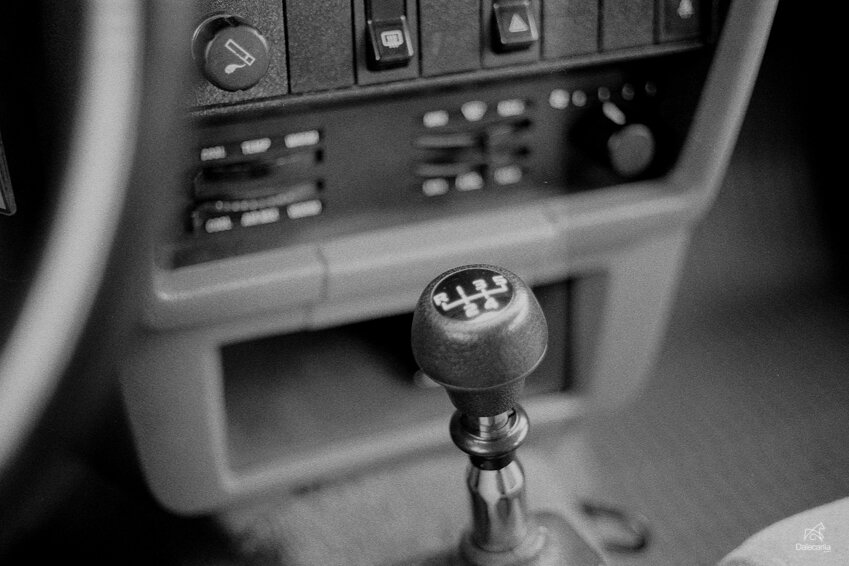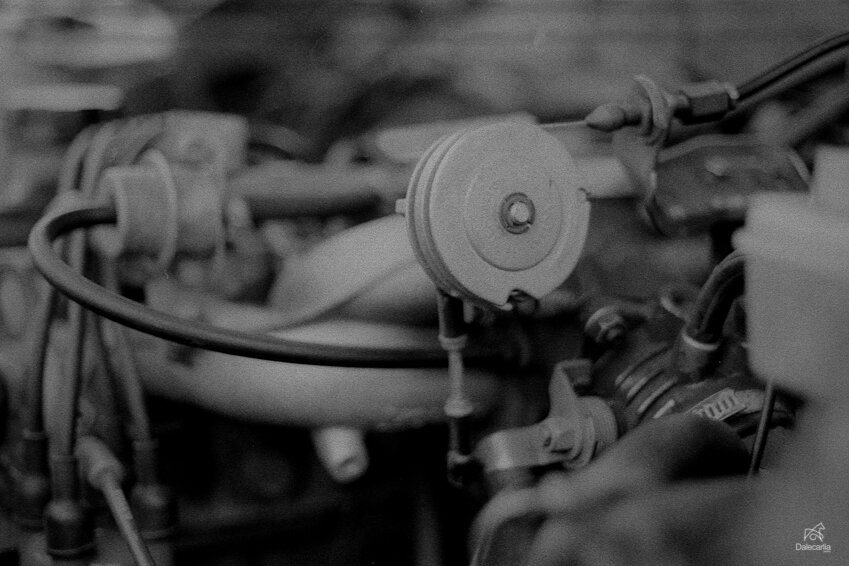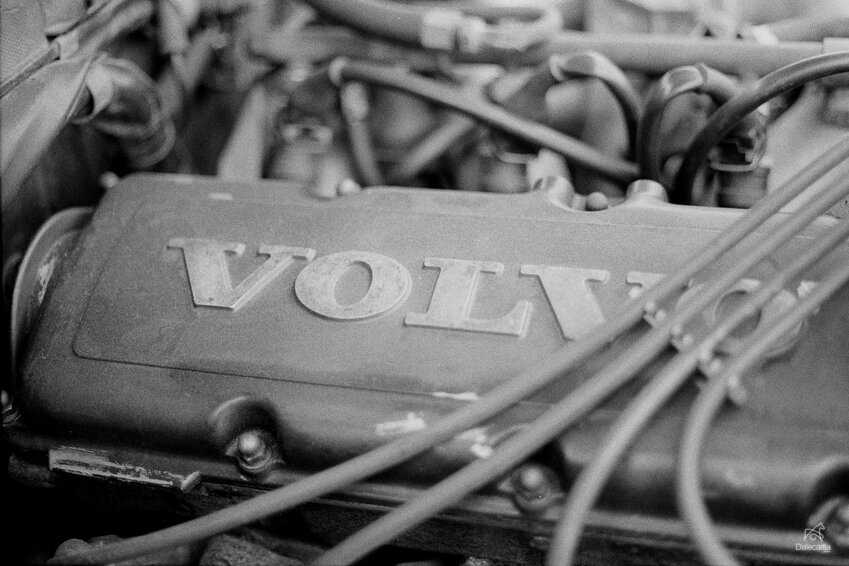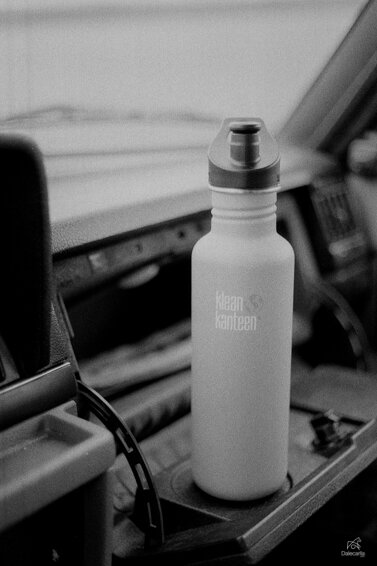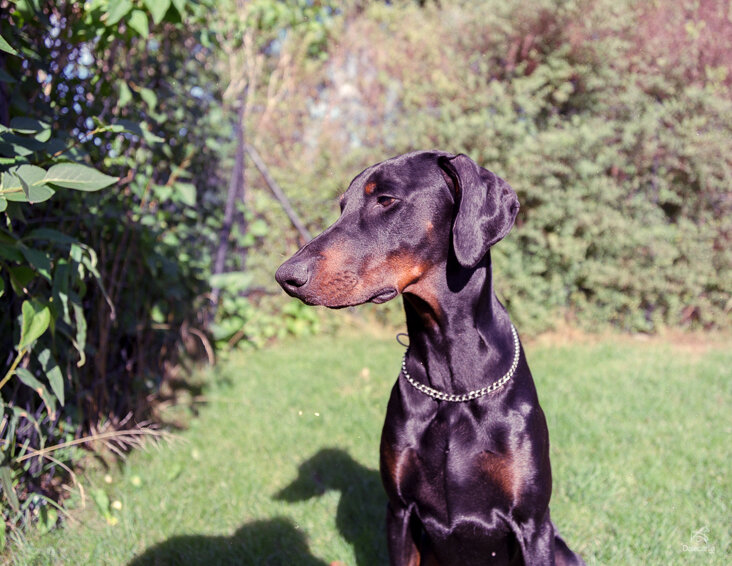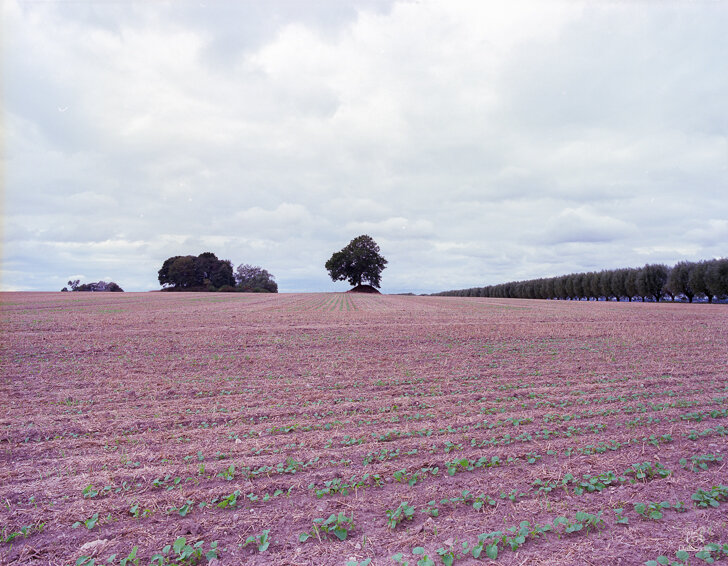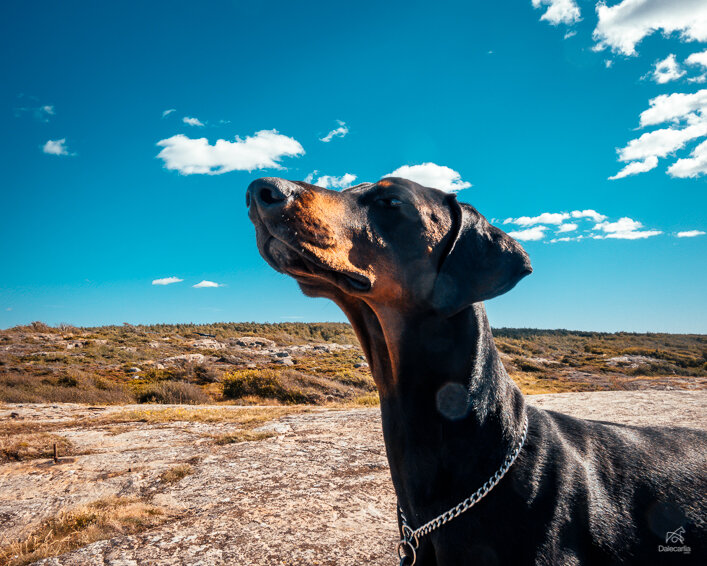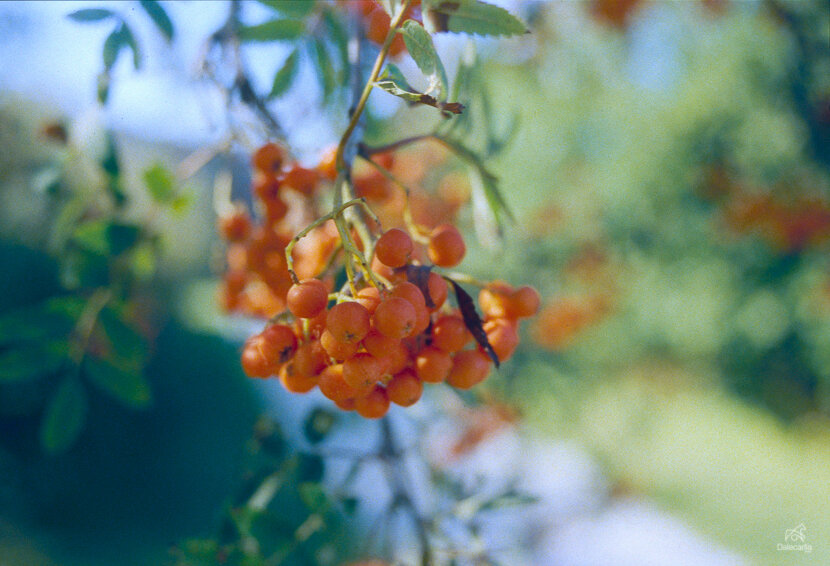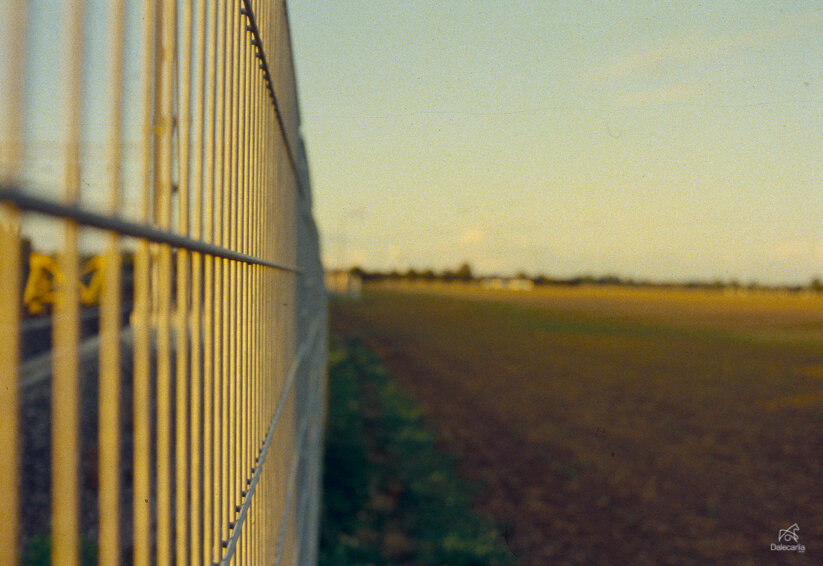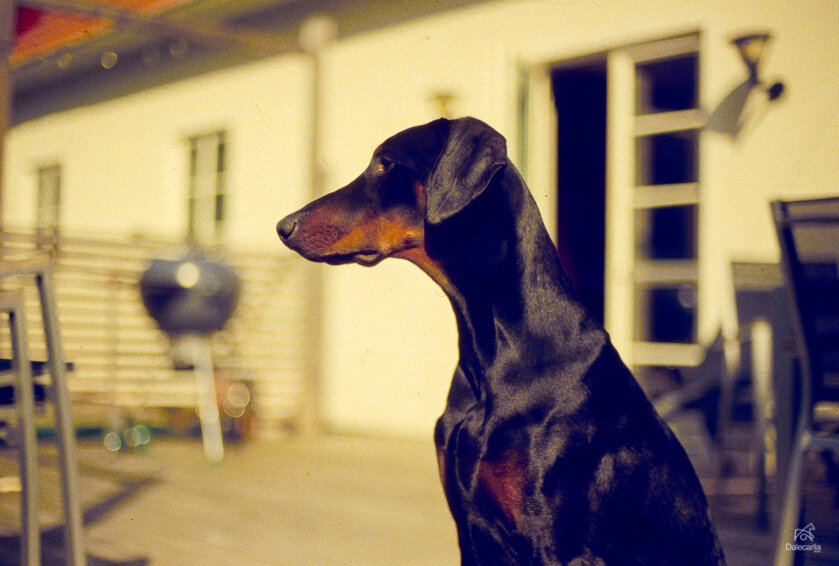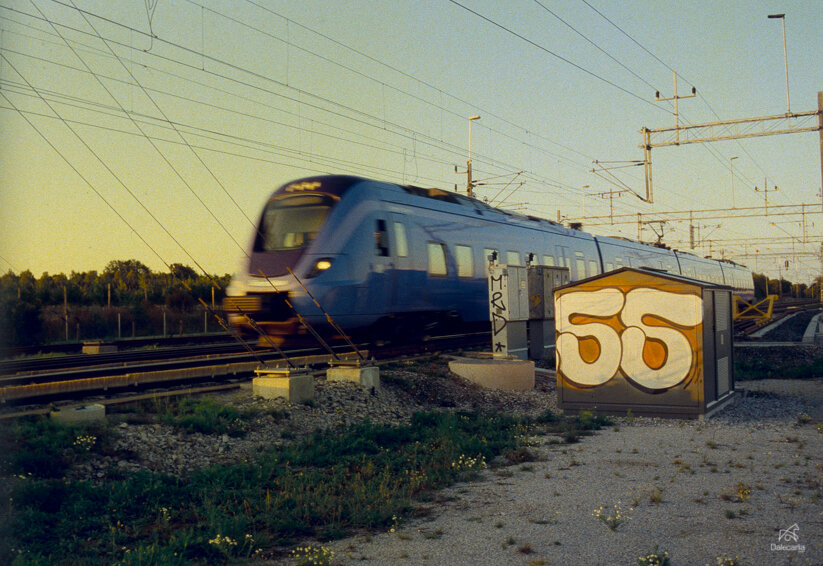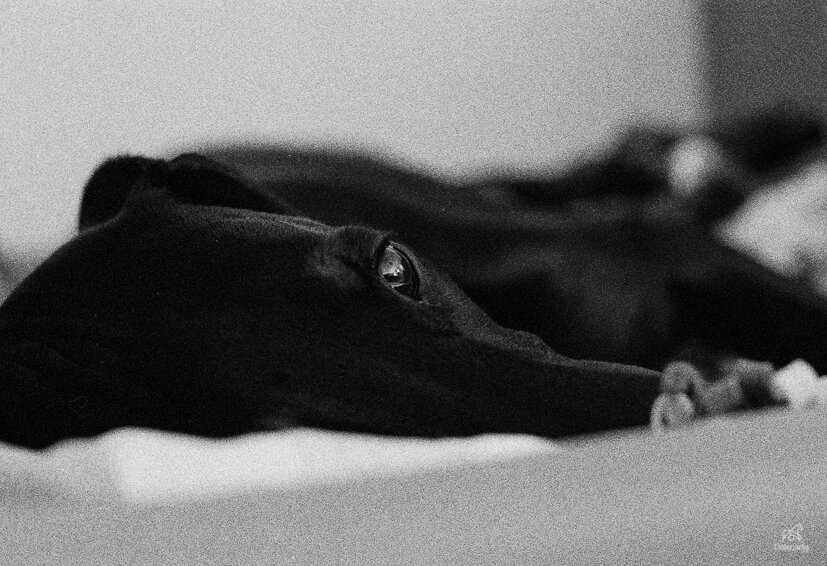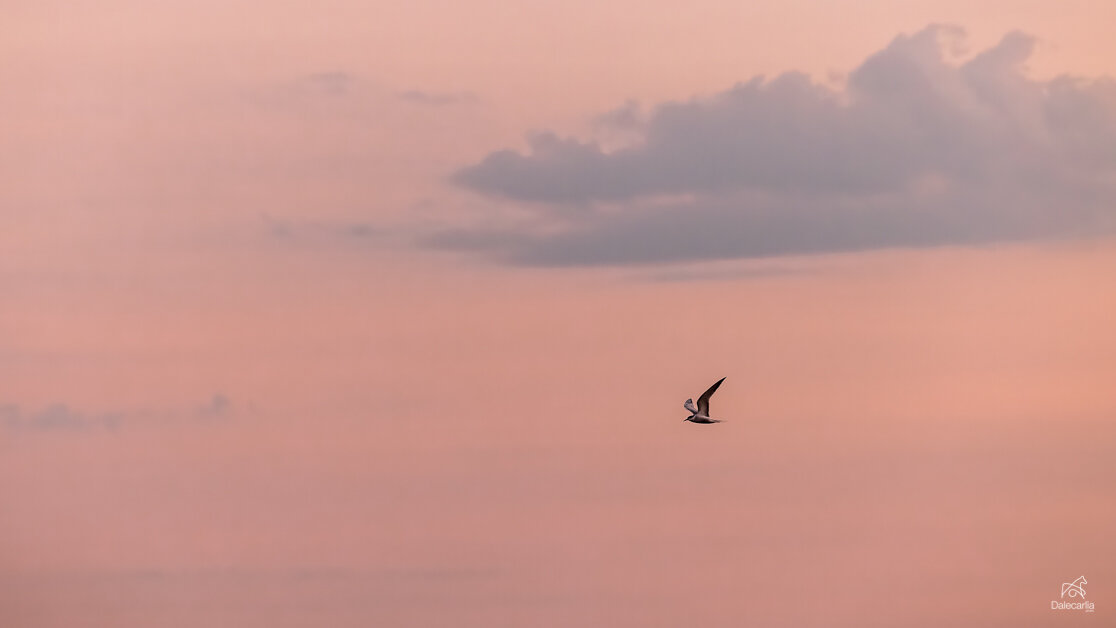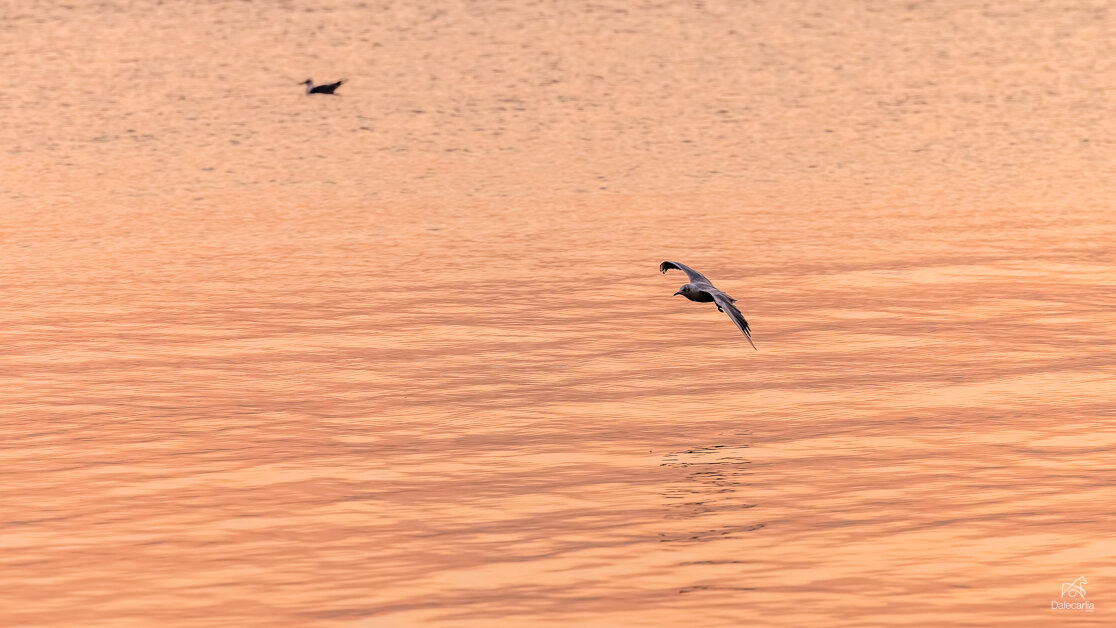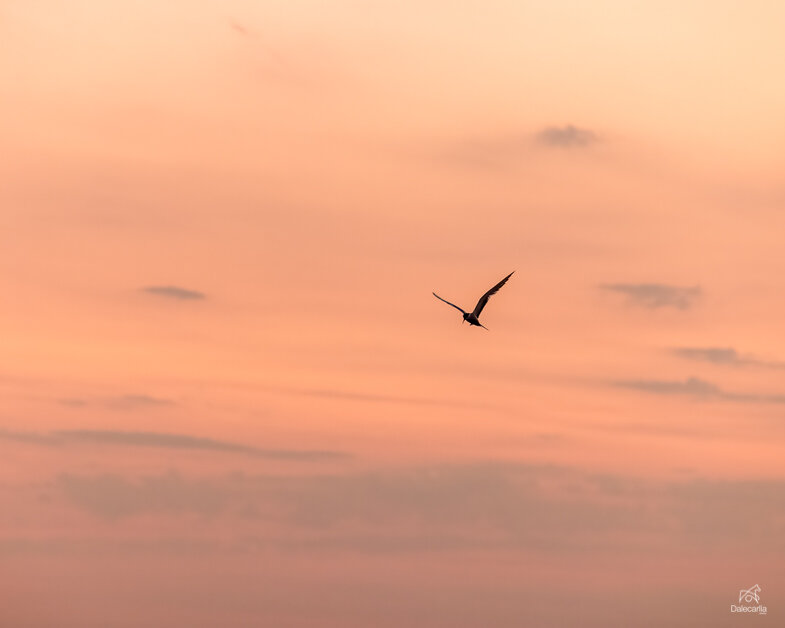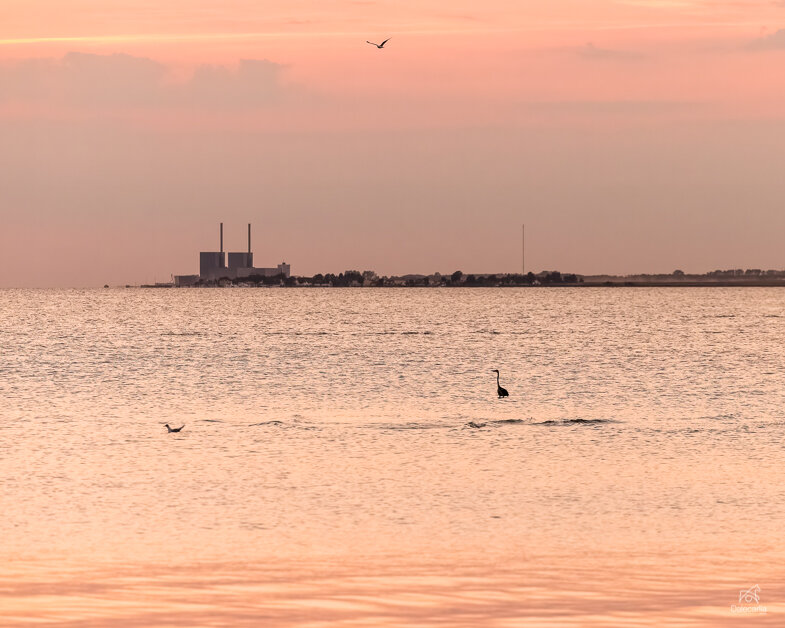Förlorad och återfunnen kärlek
Efter några år med Canon och Fuji är jag tillbaka med Nikon och det känns helt rätt. Då menar jag inte nödvändigtvis tekniska specifikationer och hur bilderna slutligen blir. Det går att ta alldeles fantastiska bilder med i princip vilken kamera som helst och det som alla märken levererar idag är fantastiska maskiner! Det som framför allt känns rätt med Nikon är hur kameran ligger i handen, hur layout och funktioner är placerade och inte minst på vilken håll man skruvar på objektivet. ;)
Nikon D750 - Mauritius
I den digitala världen är det framförallt två Nikon-kameror som jag använt flitigt. Den första på listan är Nikon D750, en fantastisk kamera som lanserades i september 2014. Kameran blev känd för sin exceptionella bildkvalitet och mångsidighet, vilket gjorde den populär bland både professionella fotografer och avancerade amatörer.
“Nikon D850 är inte bara en kamera för mig; det är en symbol för äventyr, upptäckter och oförglömliga minnen. Jag har utsett den till min absoluta favoritkamera genom tiderna, inte enbart på grund av dess tekniska briljans, utan också för de extraordinära upplevelser vi delat.”
I den digitala världen är det framförallt två Nikon-kameror som jag använt flitigt. Den första på listan är Nikon D750, en fantastisk kamera som lanserades i september 2014. Kameran blev känd för sin exceptionella bildkvalitet och mångsidighet, vilket gjorde den populär bland både professionella fotografer och avancerade amatörer.
Nikon D750 - Stångby
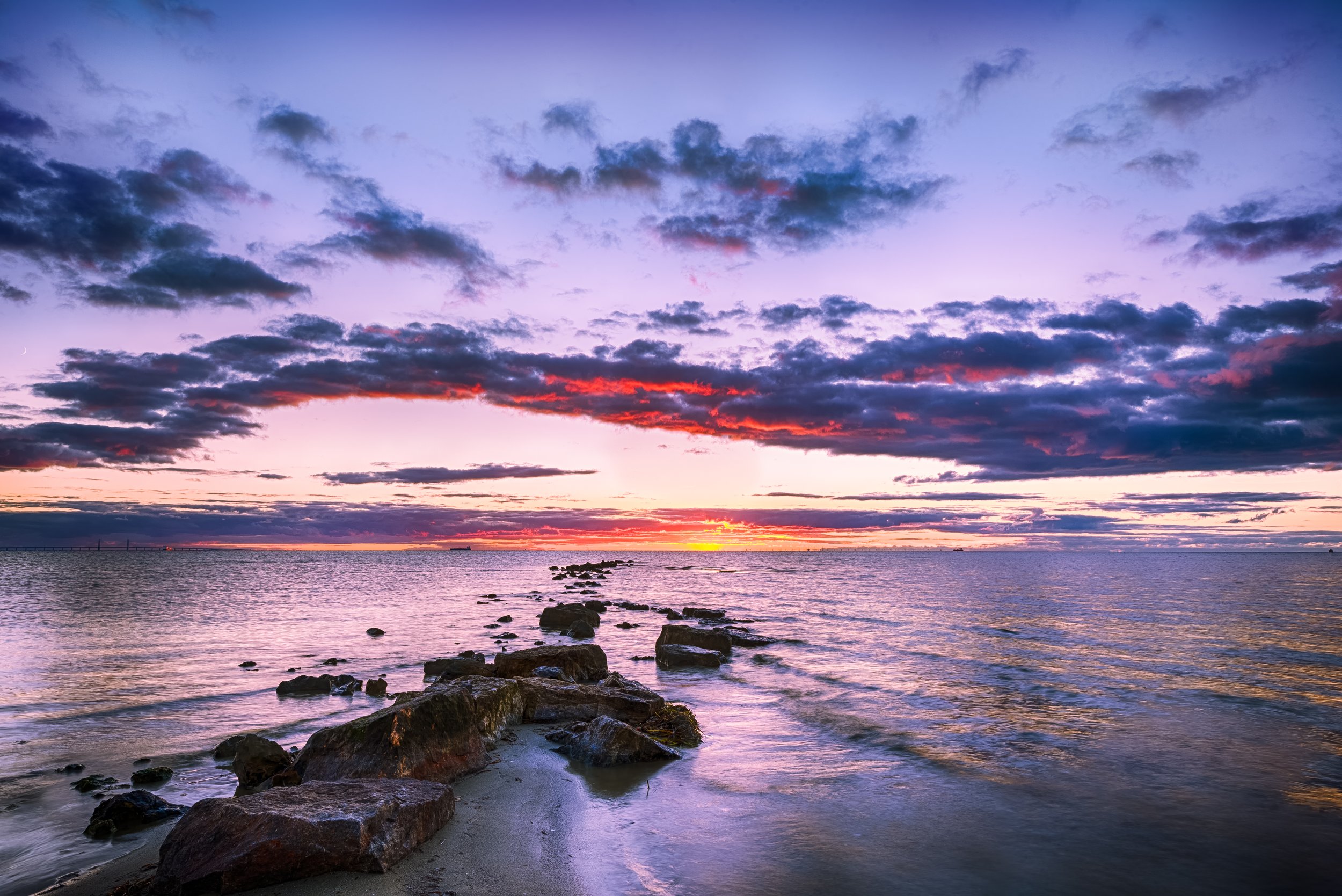
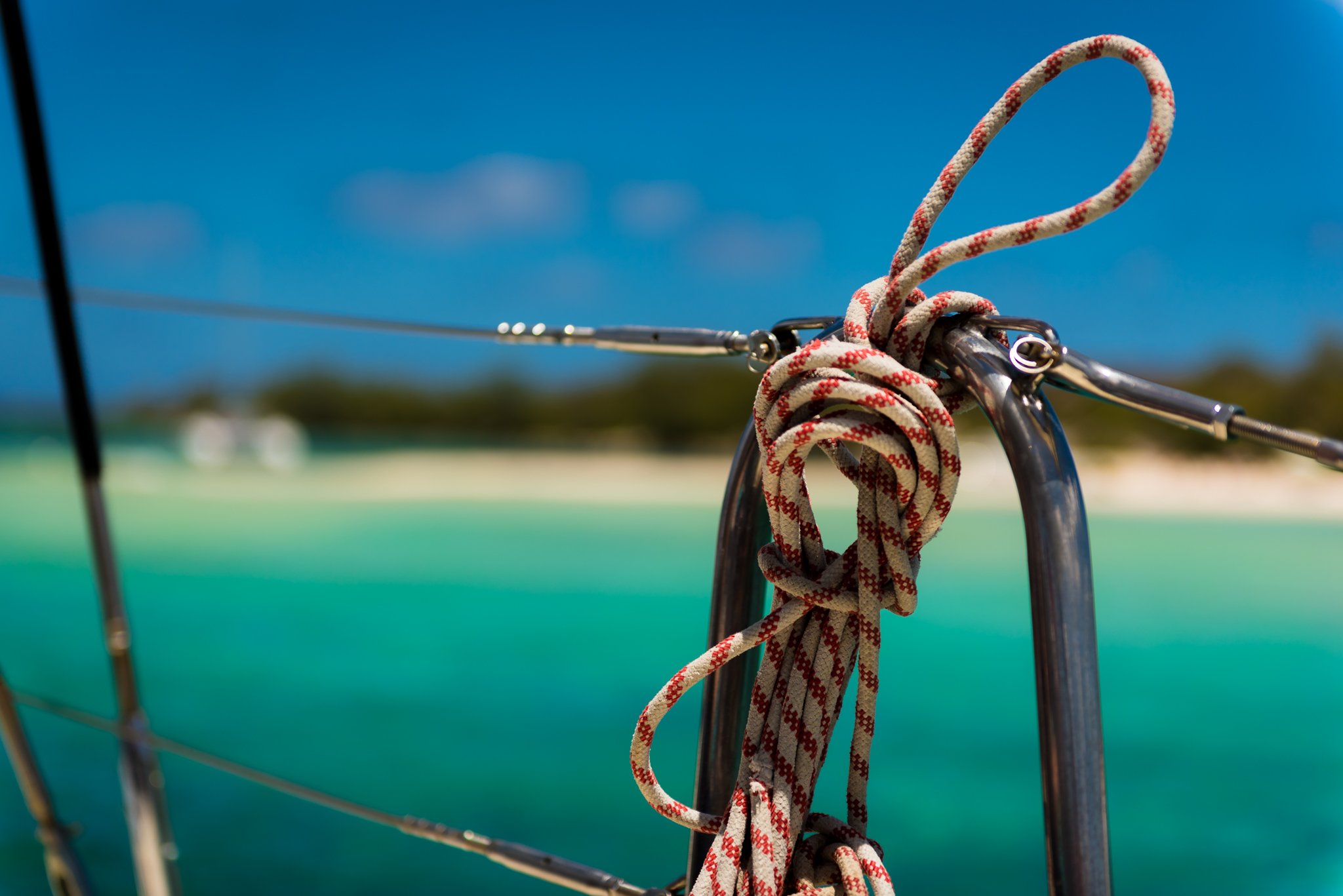

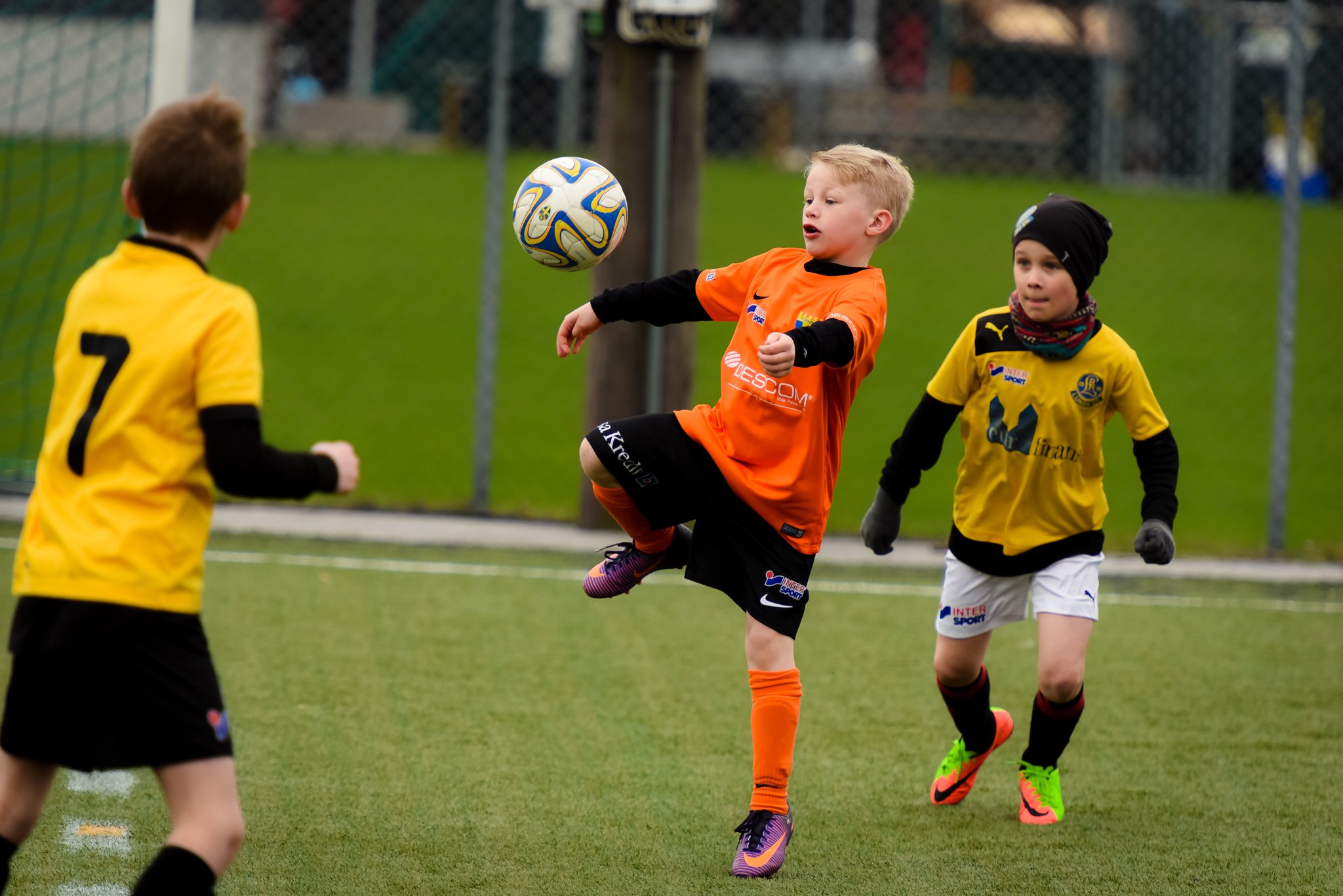
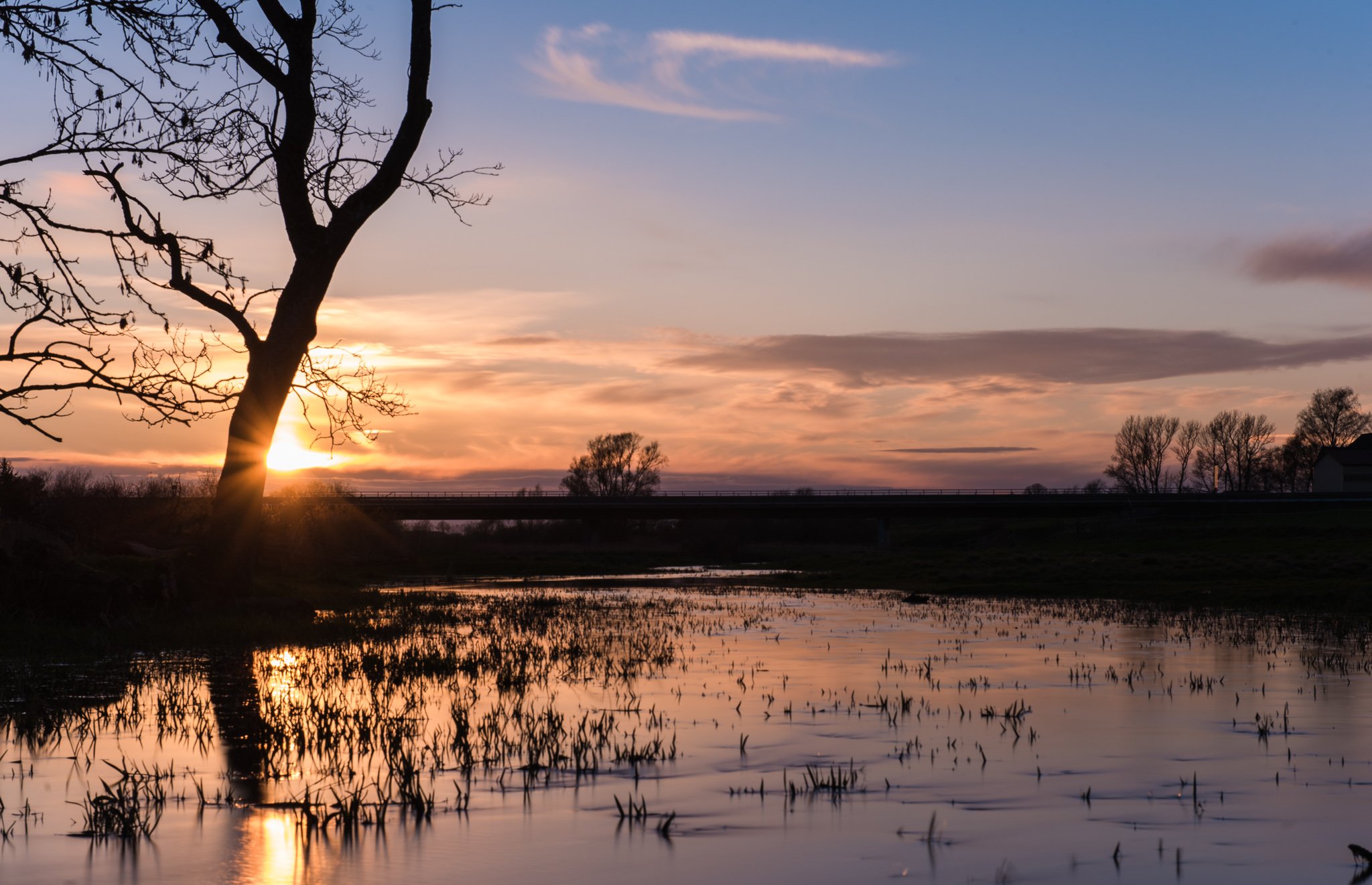

Kamera nummer två, släppt i juli 2017, står ut som en favorit bland många. Tack vare sin mångsidighet och prestanda var Nikon D850 en väldigt populär kamera. Denna digitala systemkamera var utrustad med en imponerande 45.7-megapixel fullformatsensor som gav bilder av hög kvalitet med enastående detaljrikedom och skärpa. Dessutom bidrog frånvaron av ett optiskt lågpassfilter till den övergripande bildkvaliteten.
Nikon D850 är inte bara en kamera för mig; det är en symbol för äventyr, upptäckter och oförglömliga minnen. Jag har utsett den till min absoluta favoritkamera genom tiderna, inte enbart på grund av dess tekniska briljans, utan också för de extraordinära upplevelser vi delat. Kamerans perfekta ergonomi och en bildkvalitet som fortfarande konkurrerar med de bästa, gjorde varje fotograferingstillfälle till en ren njutning.
Nikon D850 - North of Sweden
Nikon D850 är inte bara en kamera för mig; det är en symbol för äventyr, upptäckter och oförglömliga minnen. Jag har utsett den till min absoluta favoritkamera genom tiderna, inte enbart på grund av dess tekniska briljans, utan också för de extraordinära upplevelser vi delat. Kamerans perfekta ergonomi och en bildkvalitet som fortfarande konkurrerar med de bästa, gjorde varje fotograferingstillfälle till en ren njutning.
Vad som verkligen gör D850 speciell för mig är alla de otroliga stunder vi delat tillsammans runt om i världen. Tänker på vågsurfande under Sydafrikas strålande sol, där kamerans snabbhet och precision fångade varje ögonblick av adrenalin och glädje. Minnena från Svalbard är lika levande, med bilder av majestätiska renar i den arktiska vildmarken, fångade i perfekt detalj trots de utmanande ljusförhållandena.
Nikon D850 - Cape Town
Närmare hemmet har Nikon D850 varit en trogen följeslagare i Skånes lantliga landskap, där enkelheten hos en maskros förvandlades till en konstnärlig bild som fångar naturens skönhet. Och vem kan glömma de fantastiska upplevelserna vid ishotellet i Jukkasjärvi?
Nikon D850 - Jukkasjärvi
För mig är Nikon D850 mer än bara en kamera. Det är en reskamrat som hjälpt mig att dokumentera livets största äventyr och skönheten i vardagliga ögonblick. Det är den kamera jag har varit mest förälskad i, och varje bild är en påminnelse om de fantastiska upplevelser vi haft tillsammans.
“Men som ofta händer i historier om förlorad och återfunnen kärlek, har jag återvänt till Nikon. Den här gången är det Nikon Z8 som har förnyat min passion.”
Min relation med Nikon D850 har varit en resa av passion och upptäckt, men som med alla berättelser, kom en tid för förändring. Det som förändrade allt var inte en sviktande kärlek till D850, utan snarare en oväntad förälskelse i ett annat objektiv och kamerateknik. Det var Canon RF 28-70 mm f/2 som stal mitt hjärta. Denna upplevelse introducerade mig för världen av spegellösa fullformatskameror, en värld som visade sig vara lika spännande och innovativ, och ledde mig till att lämna Nikon - åtminstone för en tid.
Nikon D850 - Cape Town
Denna förändring var inte enkel. Att lämna Nikon D850, en kamera som varit så central i mitt fotografiska uttryck och så nära kopplad till många av mina äventyr och upplevelser, var en känslomässig process. Men utforskandet av nya tekniker och objektiv var en resa jag kände att jag behövde ta.
Nikon D850 - Norway
Men som ofta händer i historier om förlorad och återfunnen kärlek, har jag återvänt till Nikon. Den här gången är det Nikon Z8 som har förnyat min passion. Den kombinerar den älskade ergonomin jag alltid uppskattat hos Nikon med den senaste tekniken inom spegellösa kameror. Dessutom tände Nikkor 135 mm f/1.8 Plena objektivet återigen gnistan i mig, en gnista som påminner om den jag först kände med D850.
Nikon D850 - Skåne
Denna återförening med Nikon, genom Z8 och dess fantastiska objektiv, har återställt en relation jag trodde var förlorad. Det påminner mig om att fotografiska verktyg är mer än bara teknik; de är förlängningar av våra kreativa själar och partners i vår konstnärliga resa. Nikon Z8 har inte bara fört mig tillbaka till Nikon-familjen, utan också påmint mig om kärleken till fotografi och det eviga sökandet efter det perfekta ögonblicket att fånga.
Nikon Z8 - Lomma






